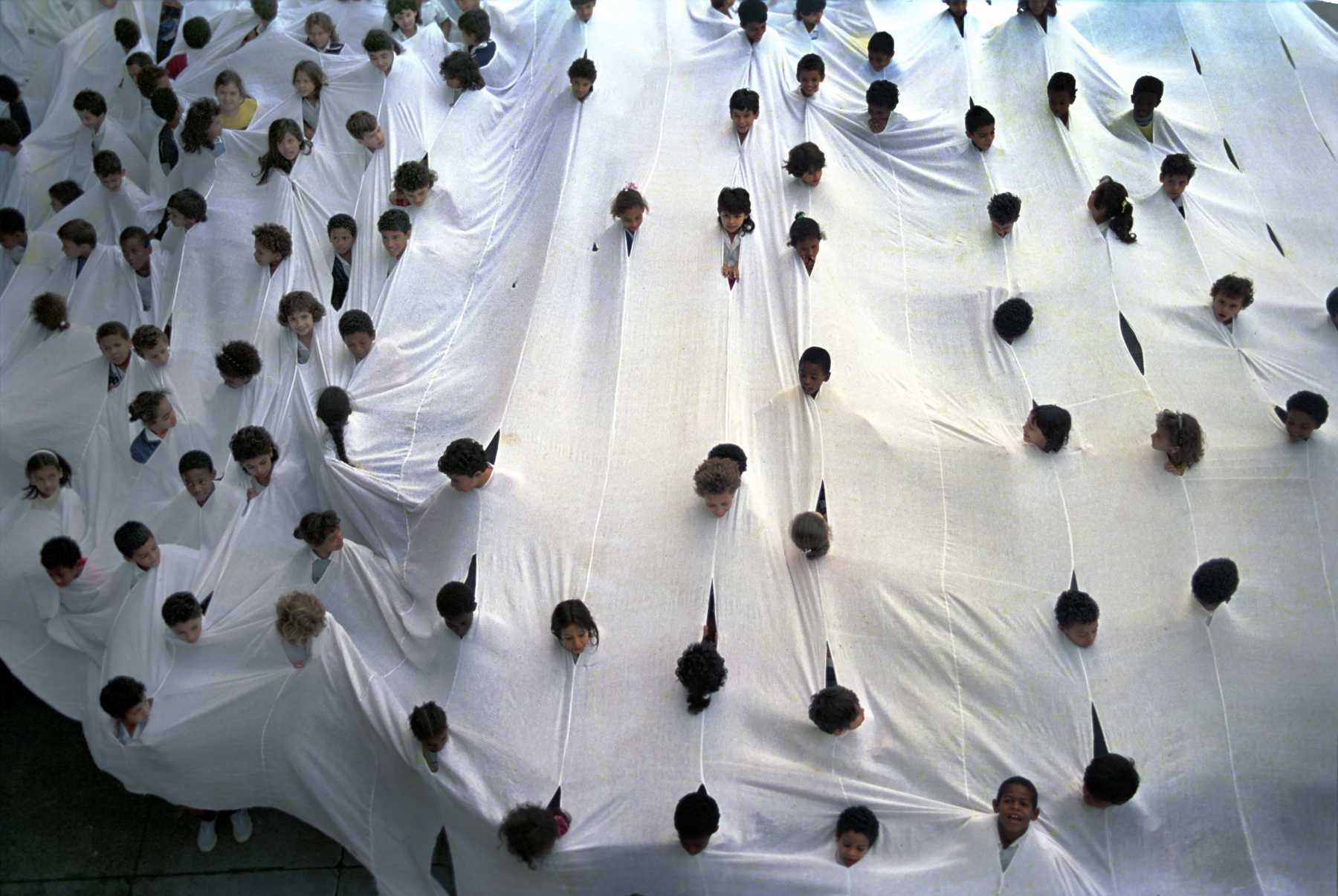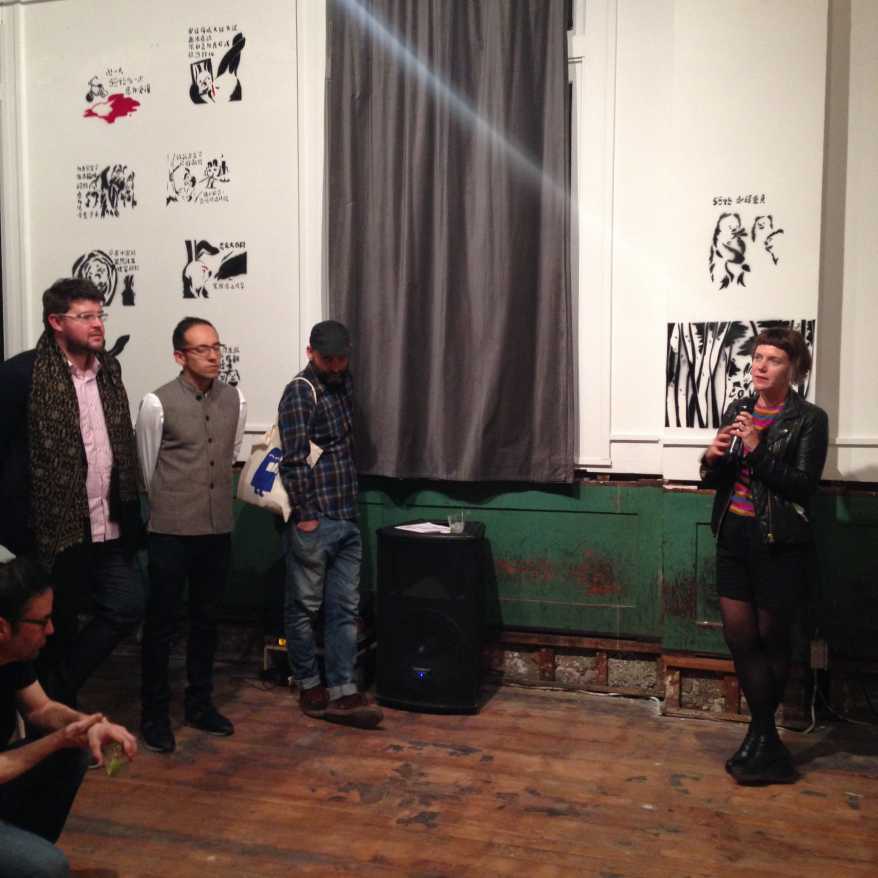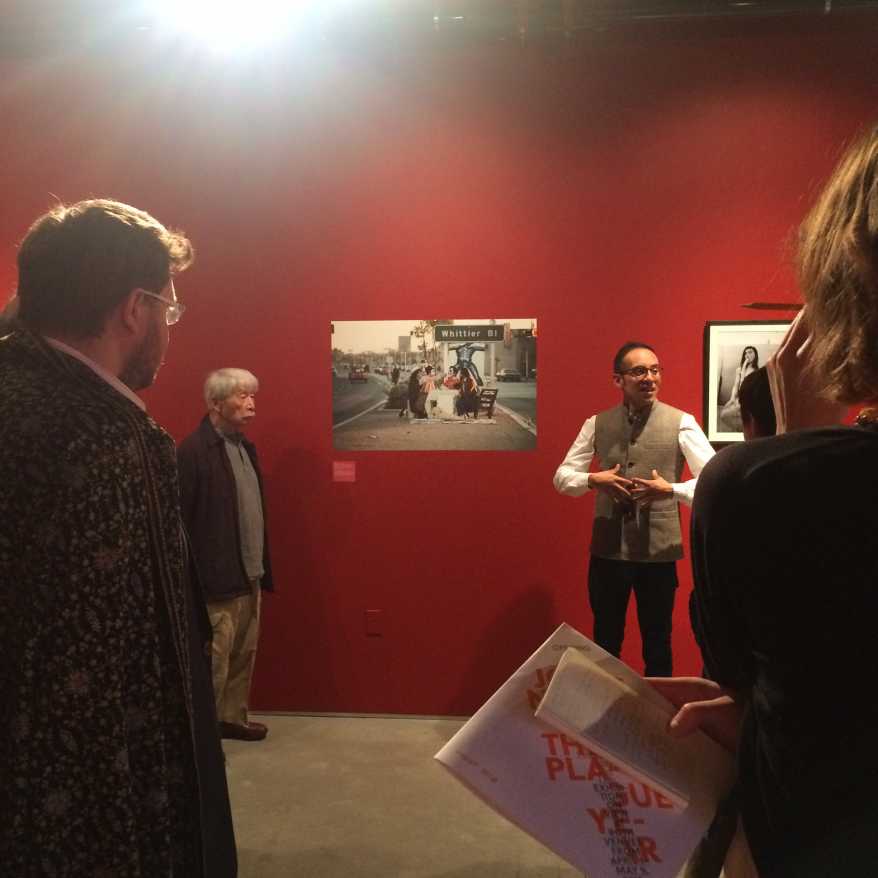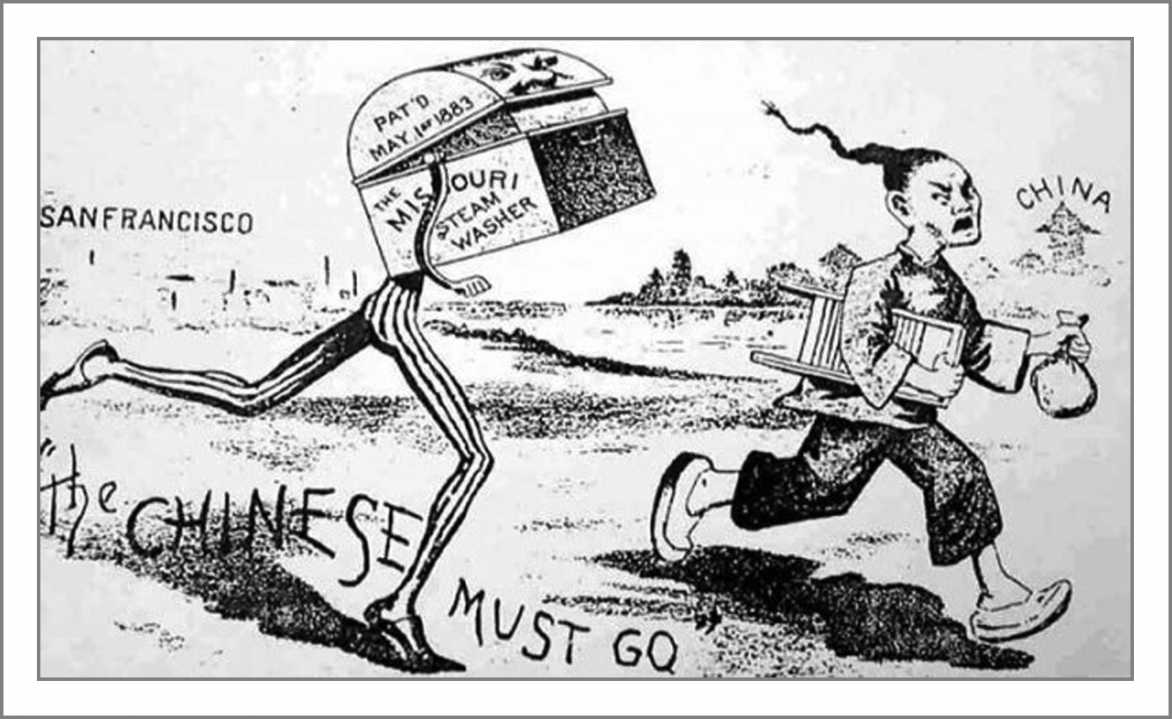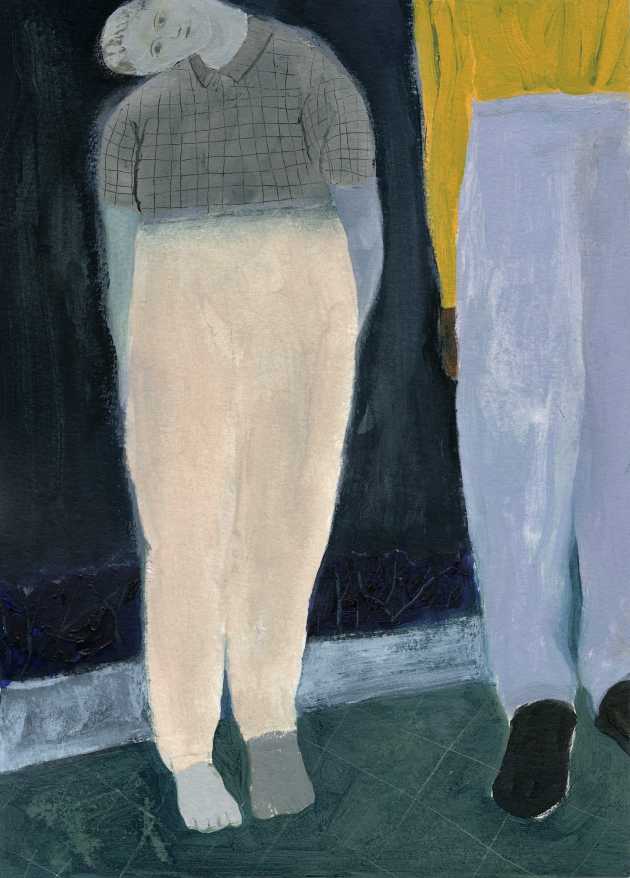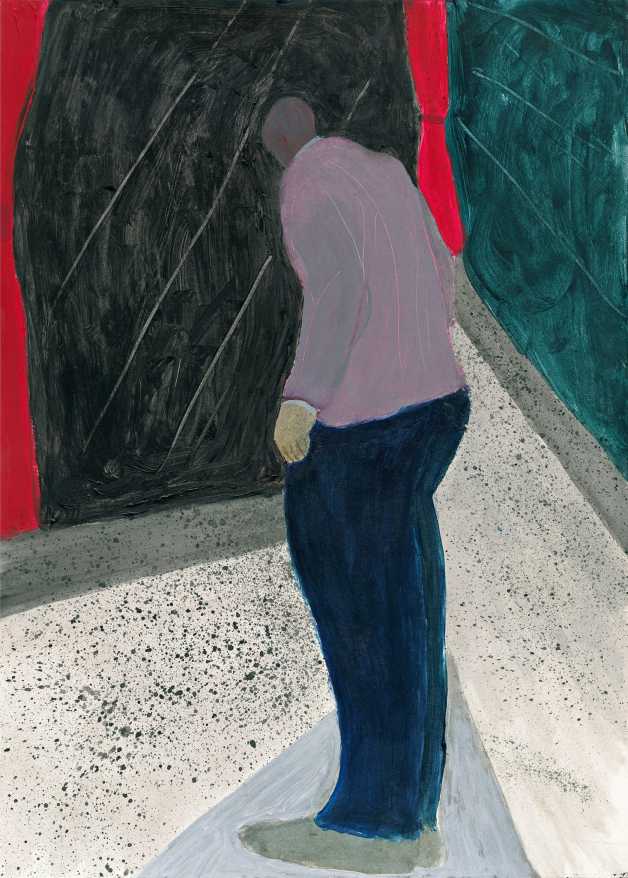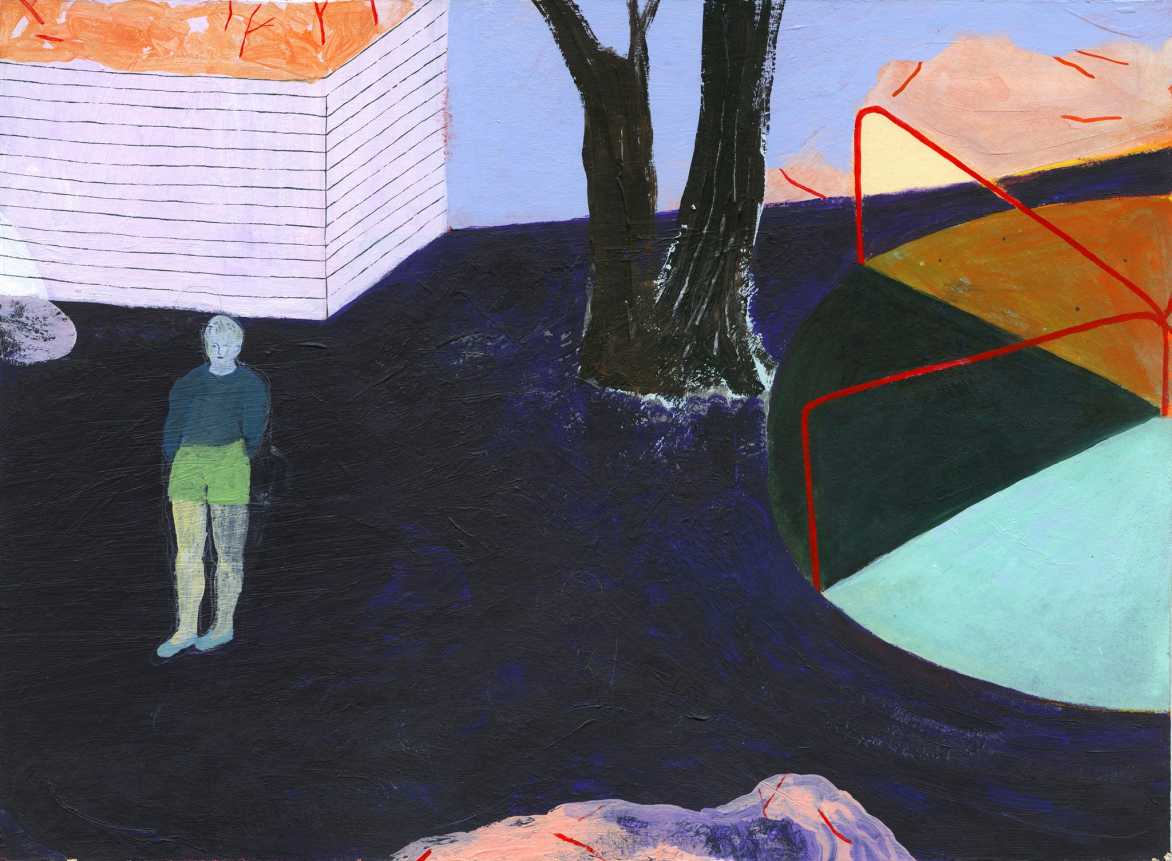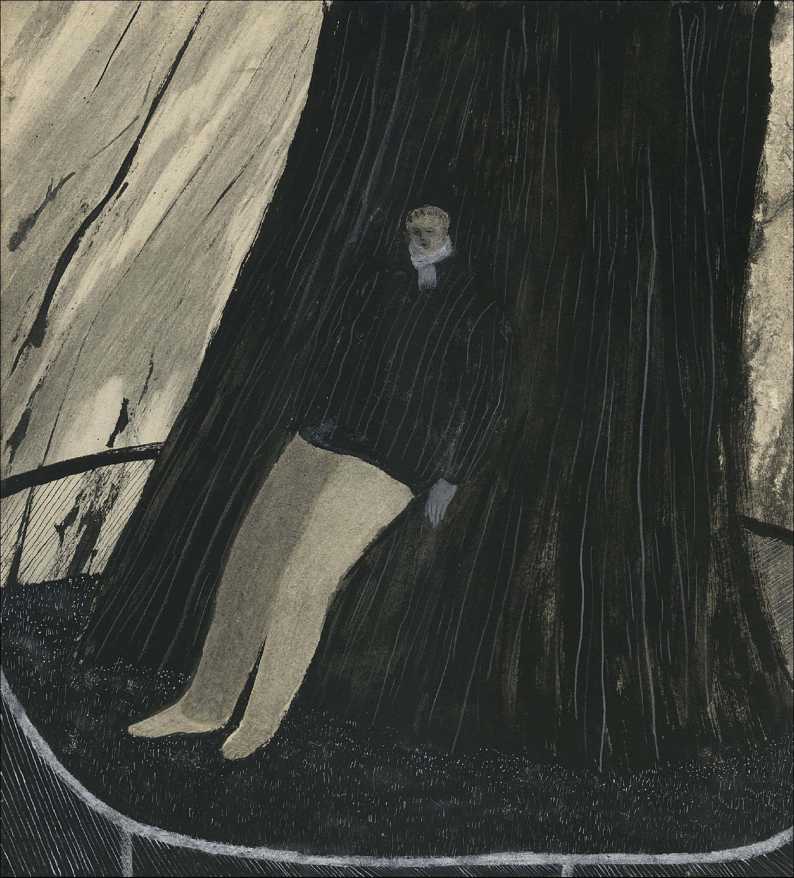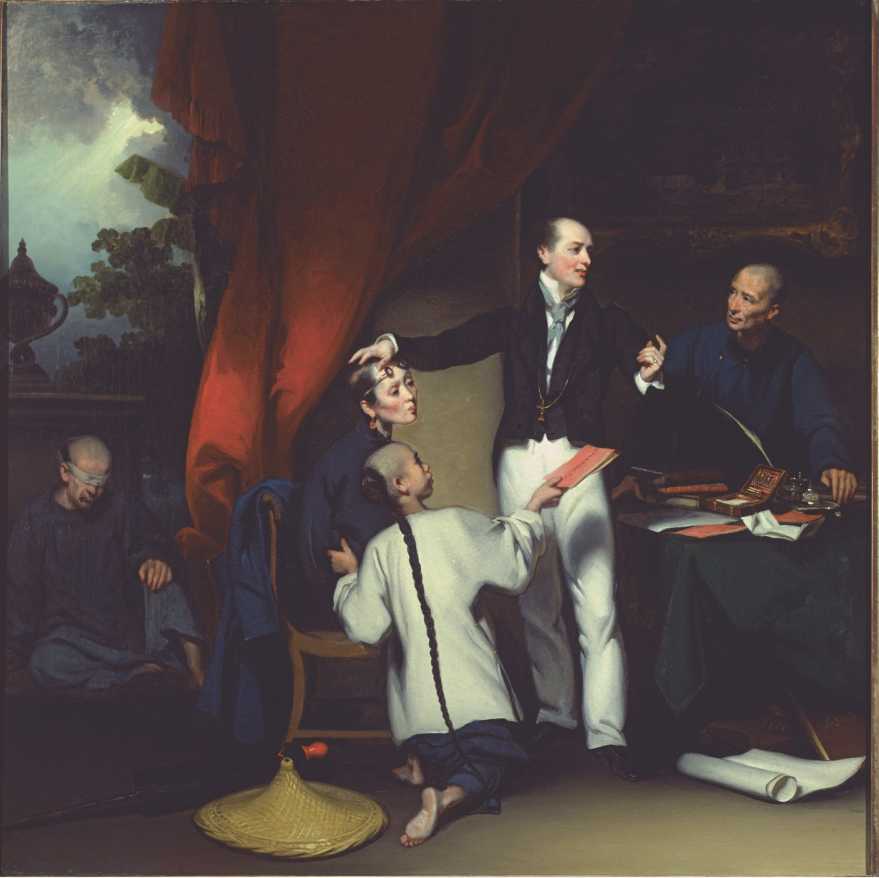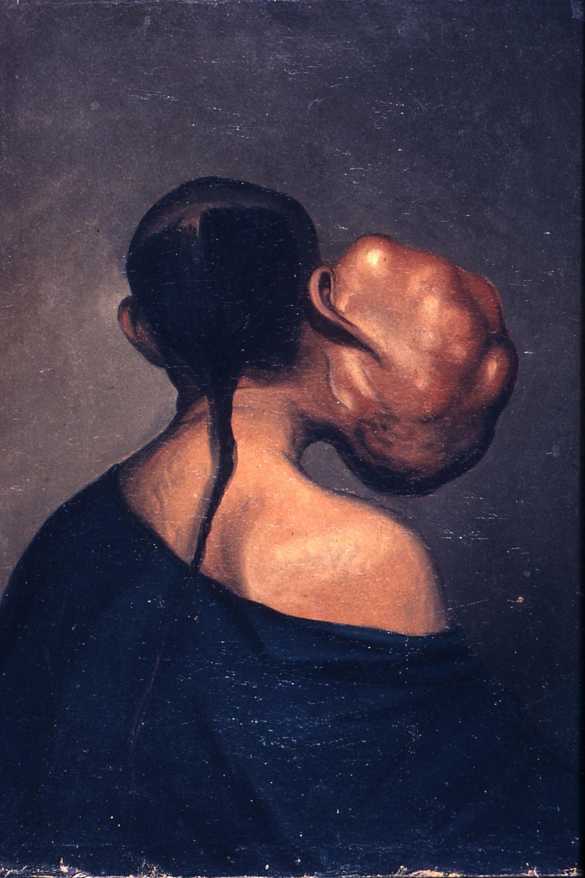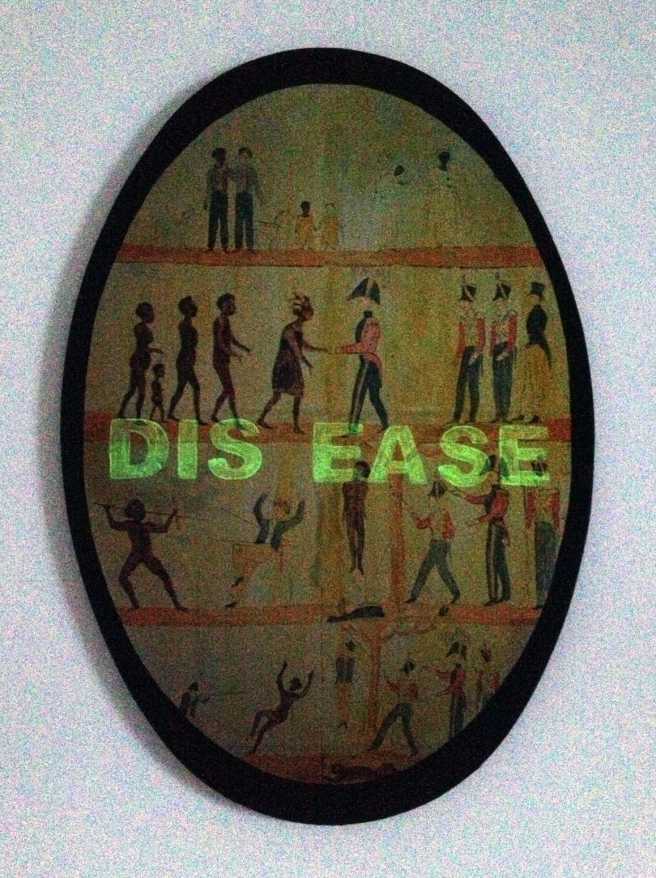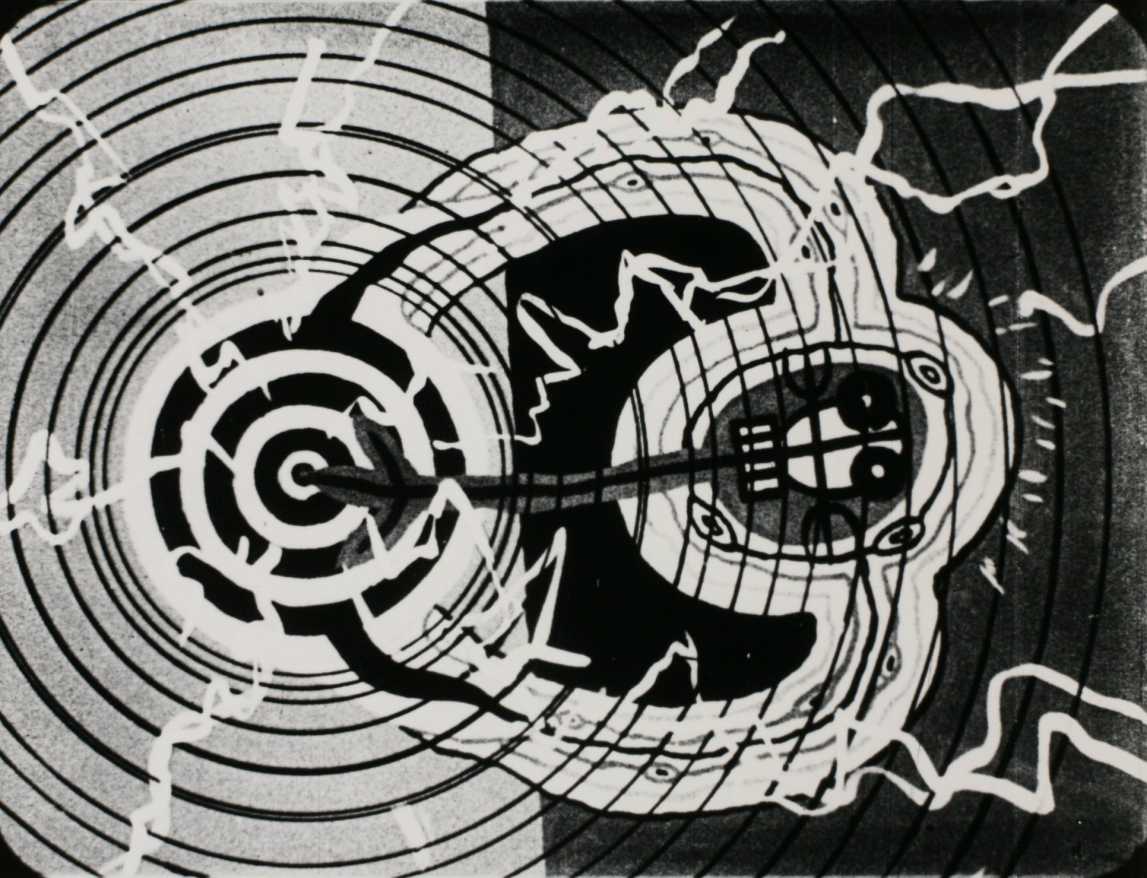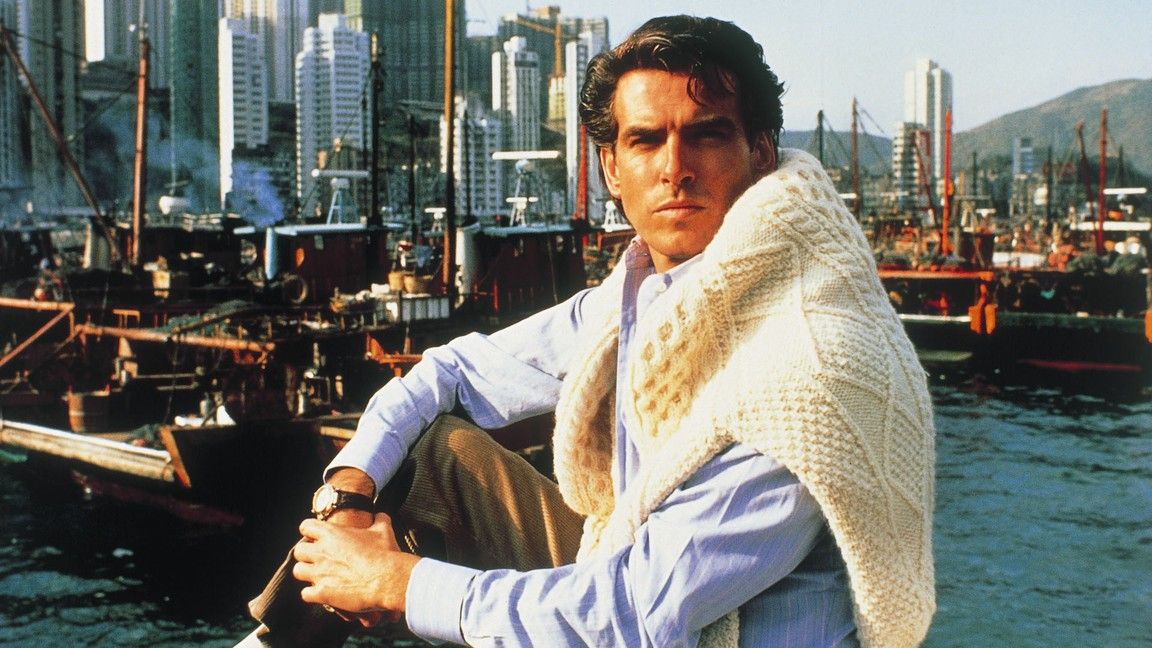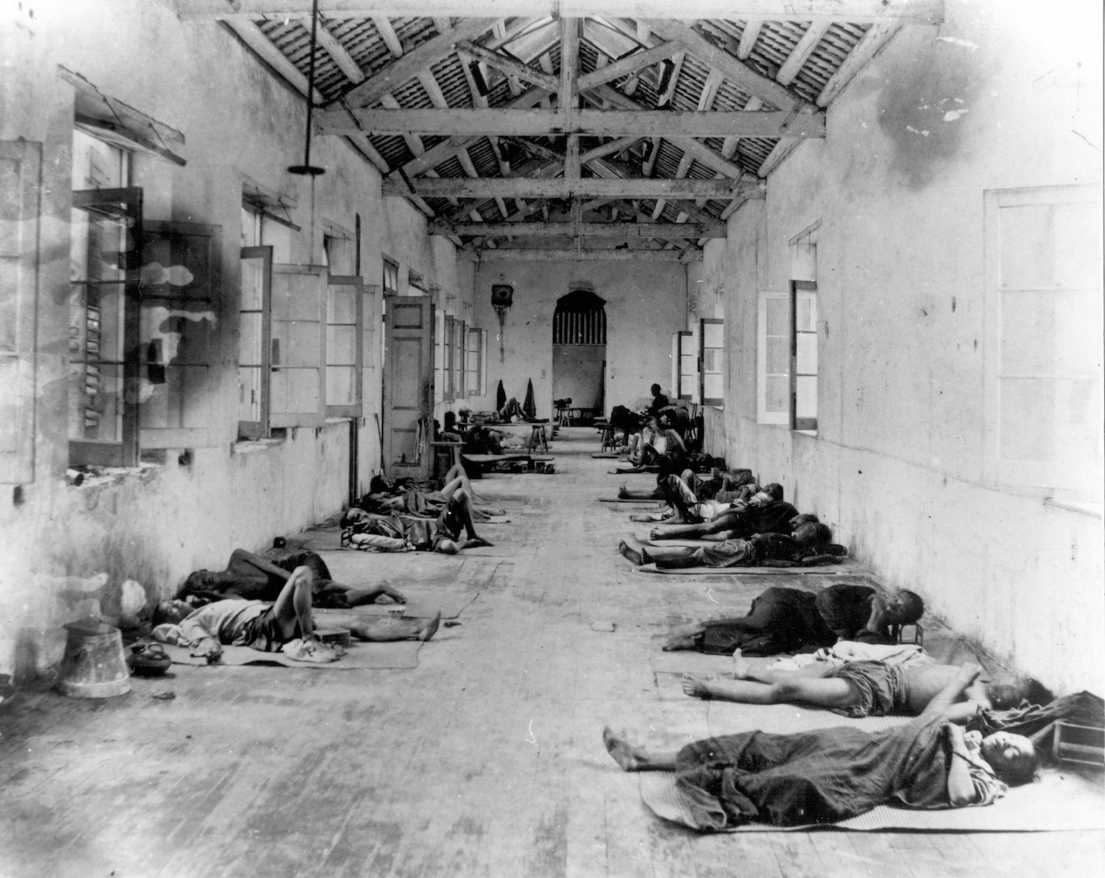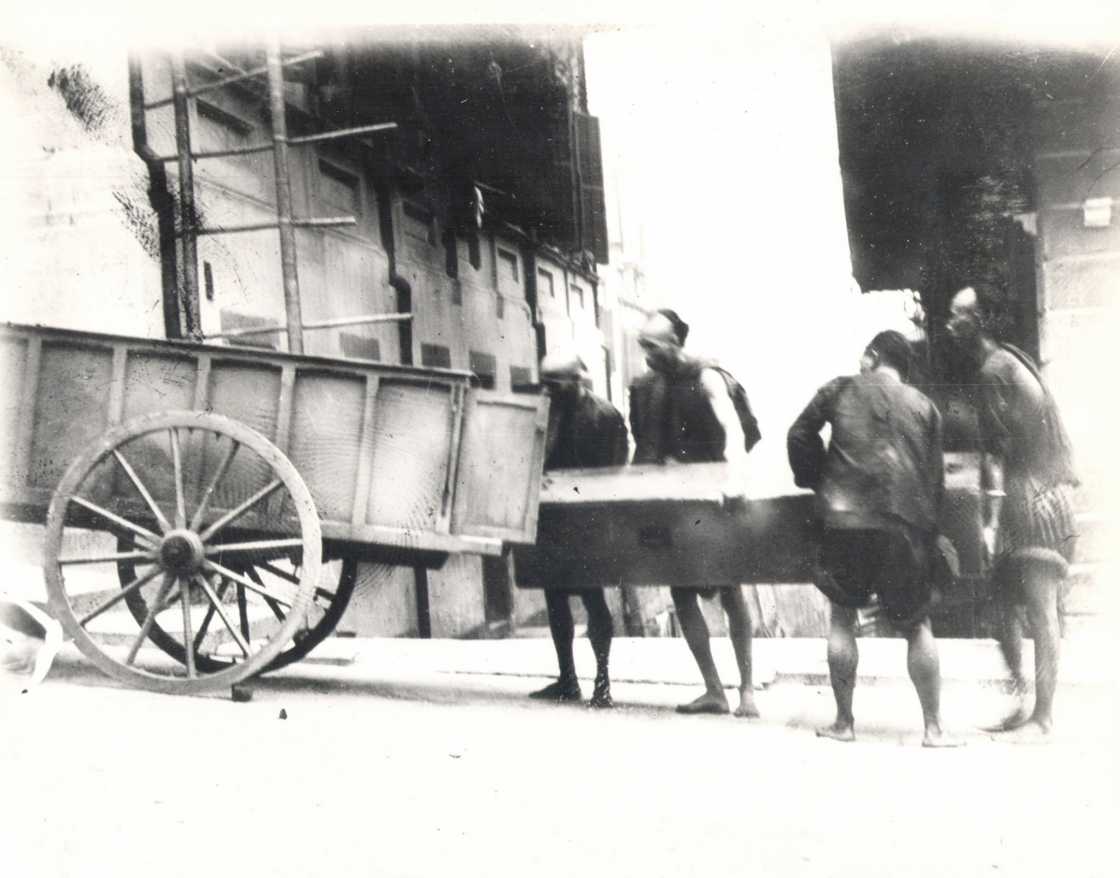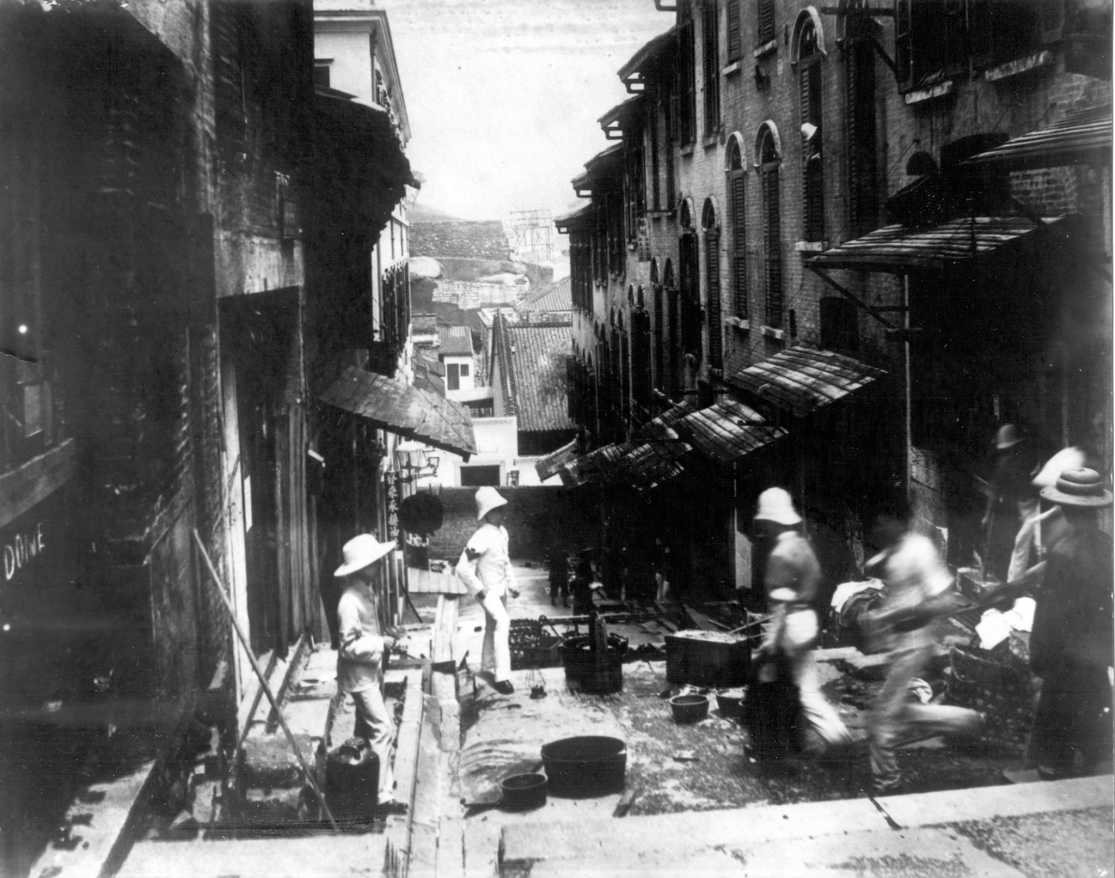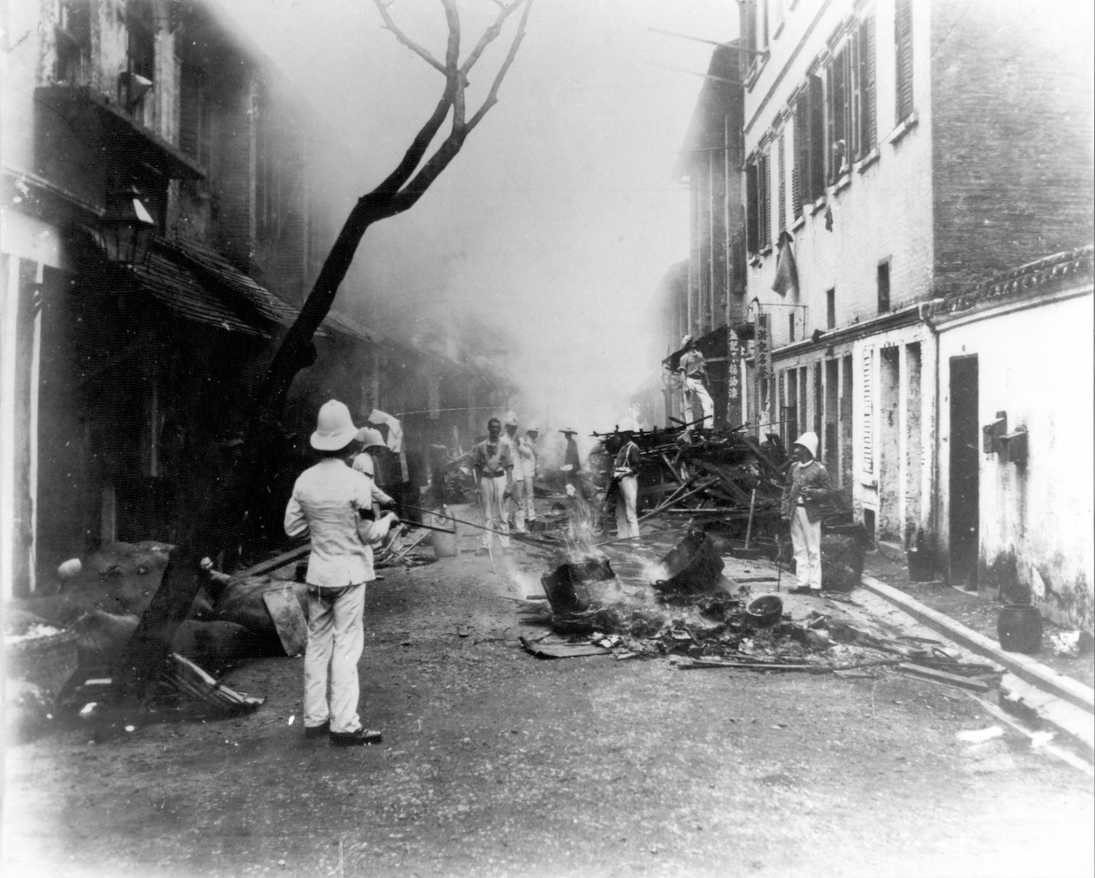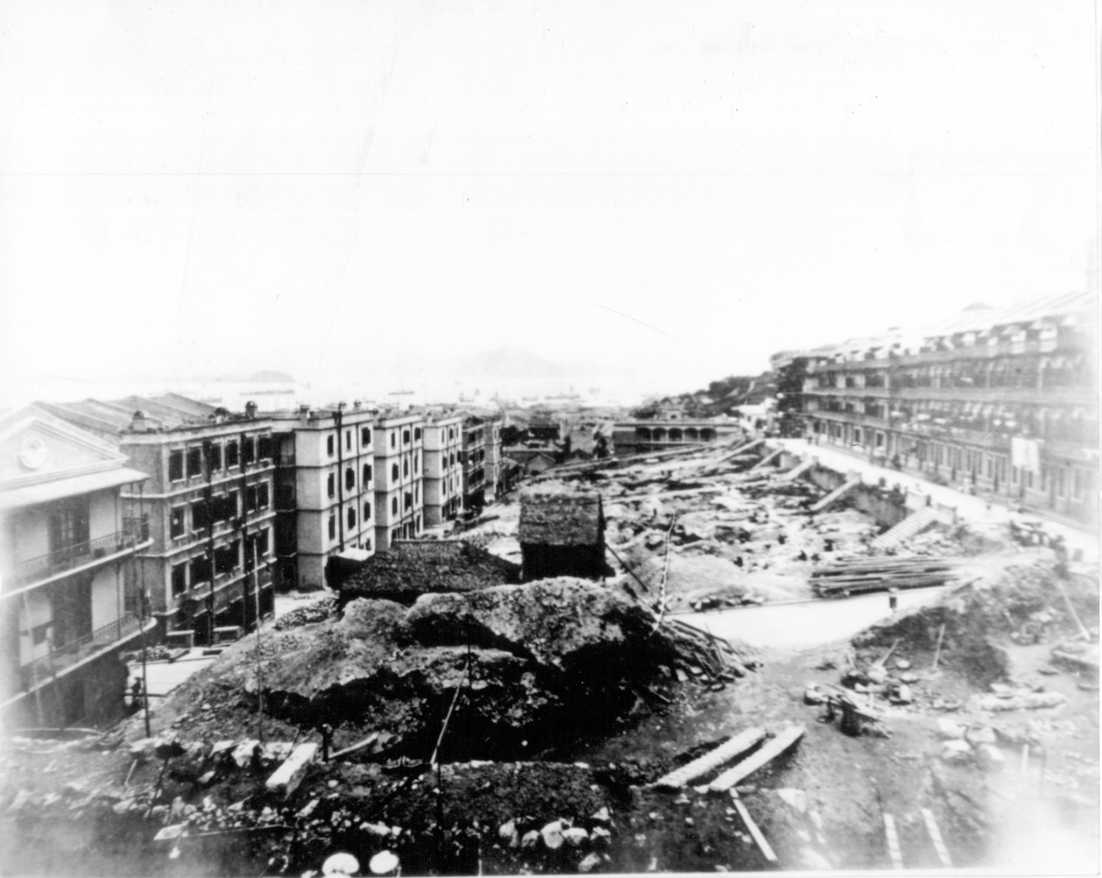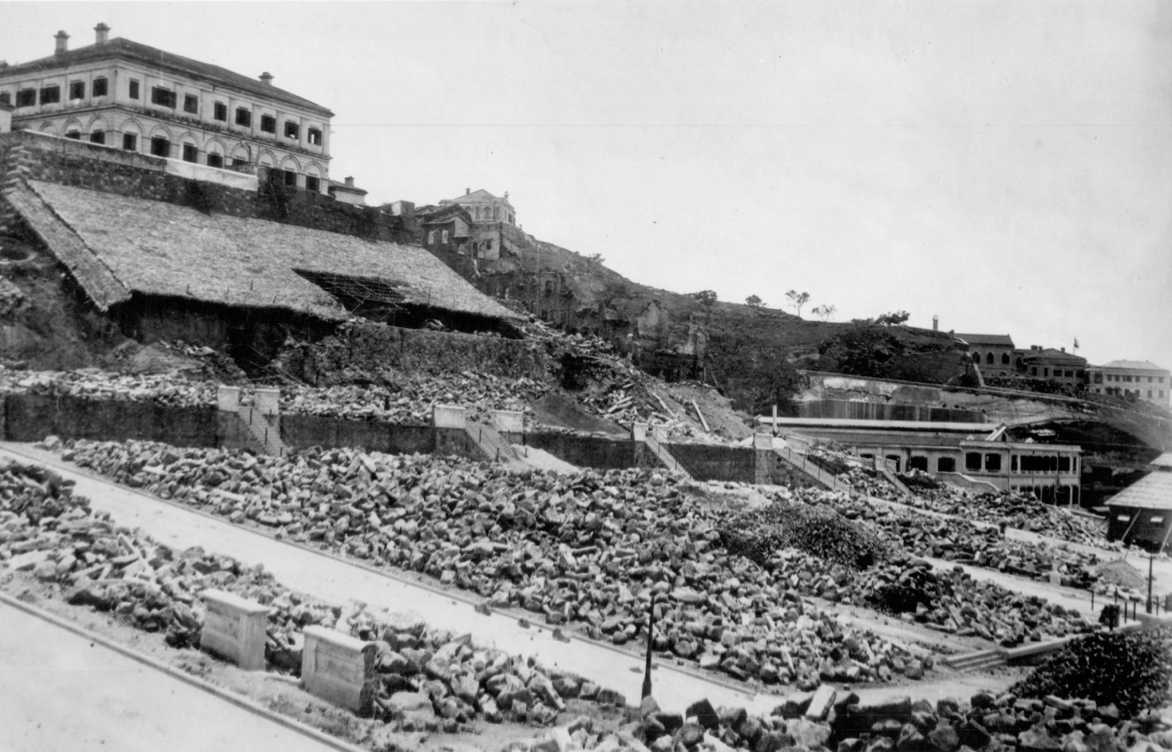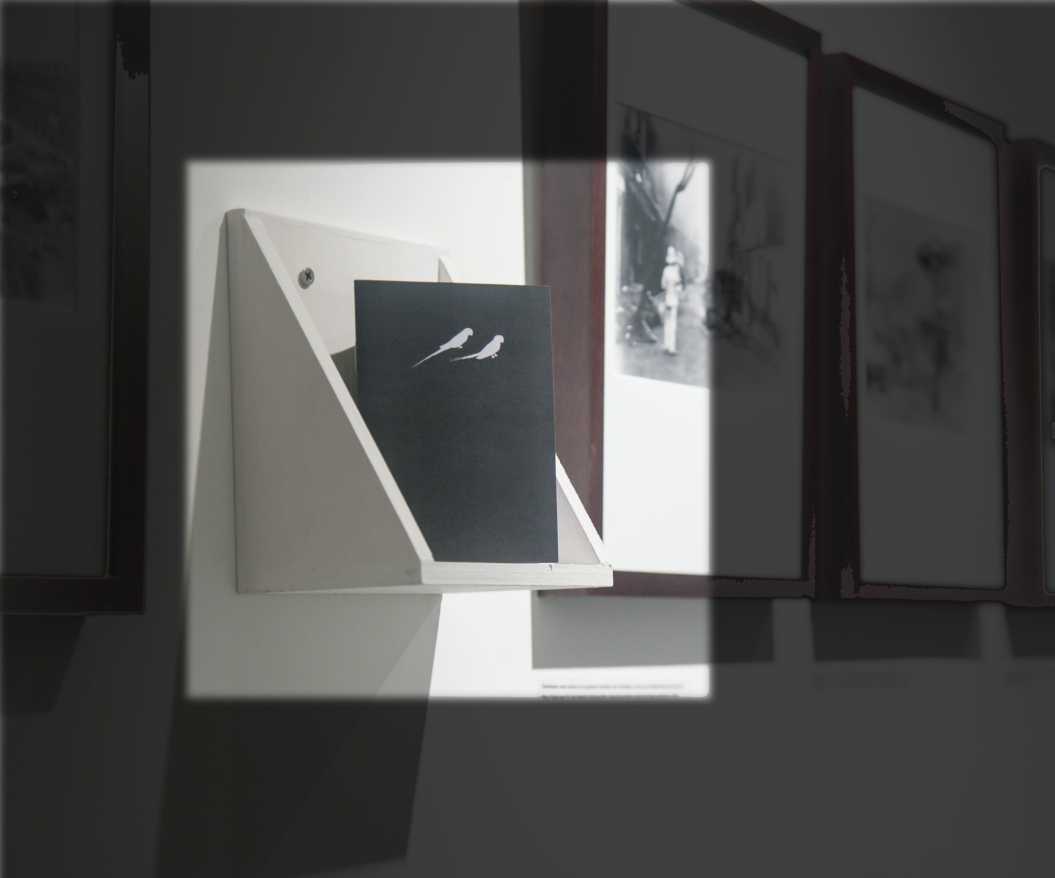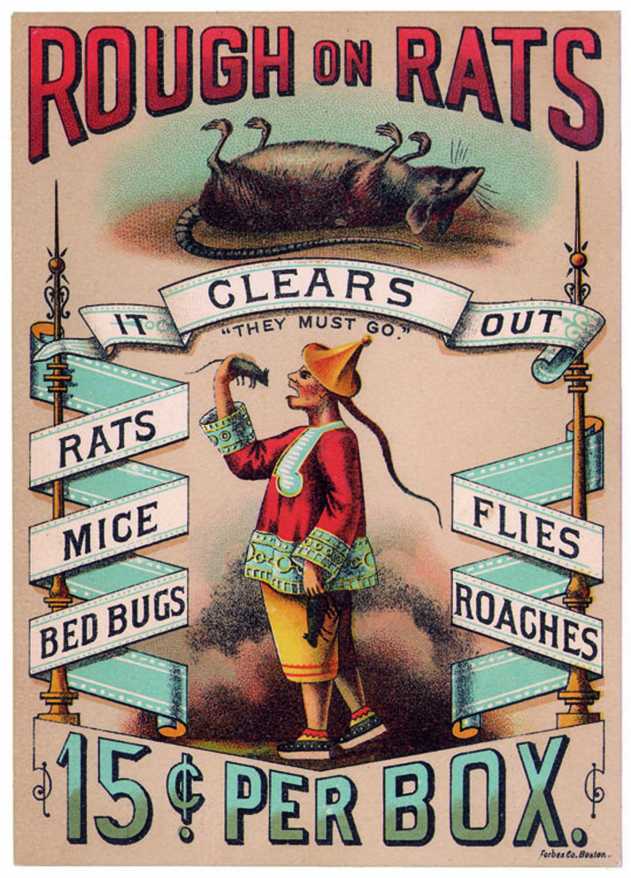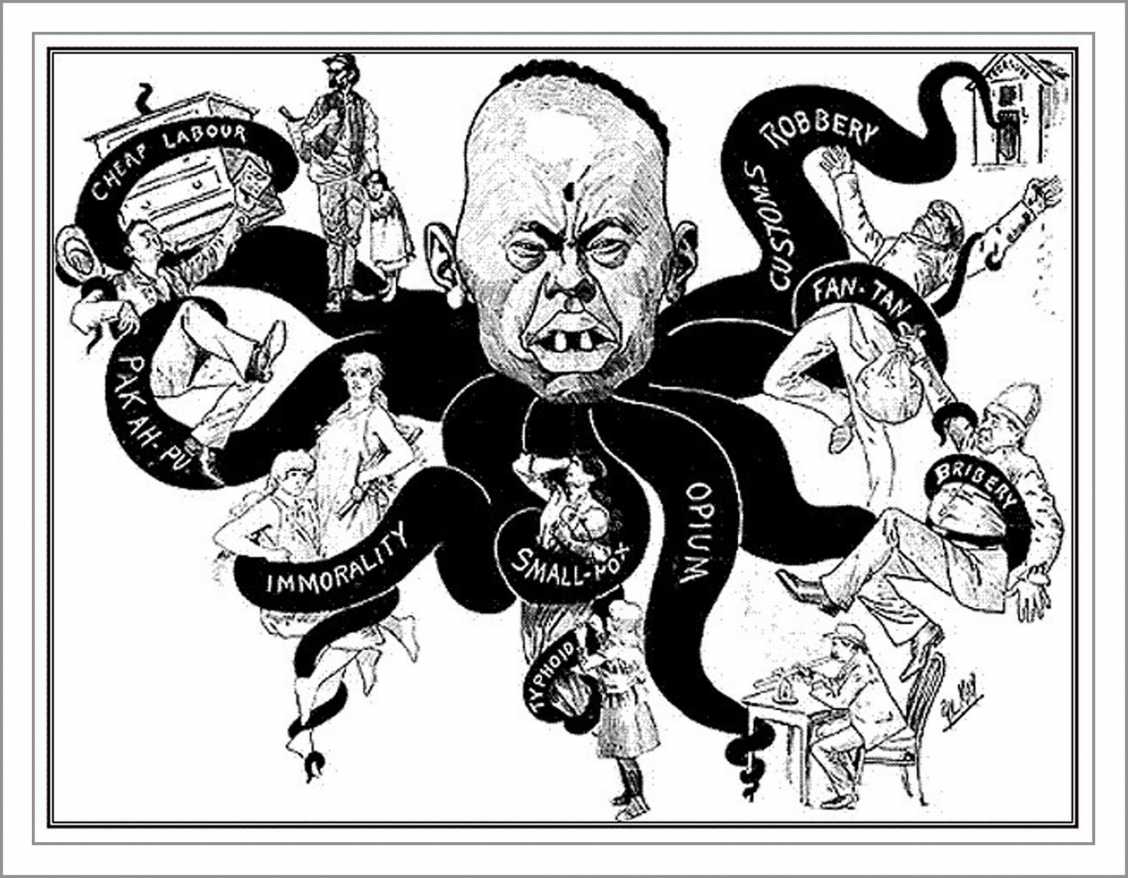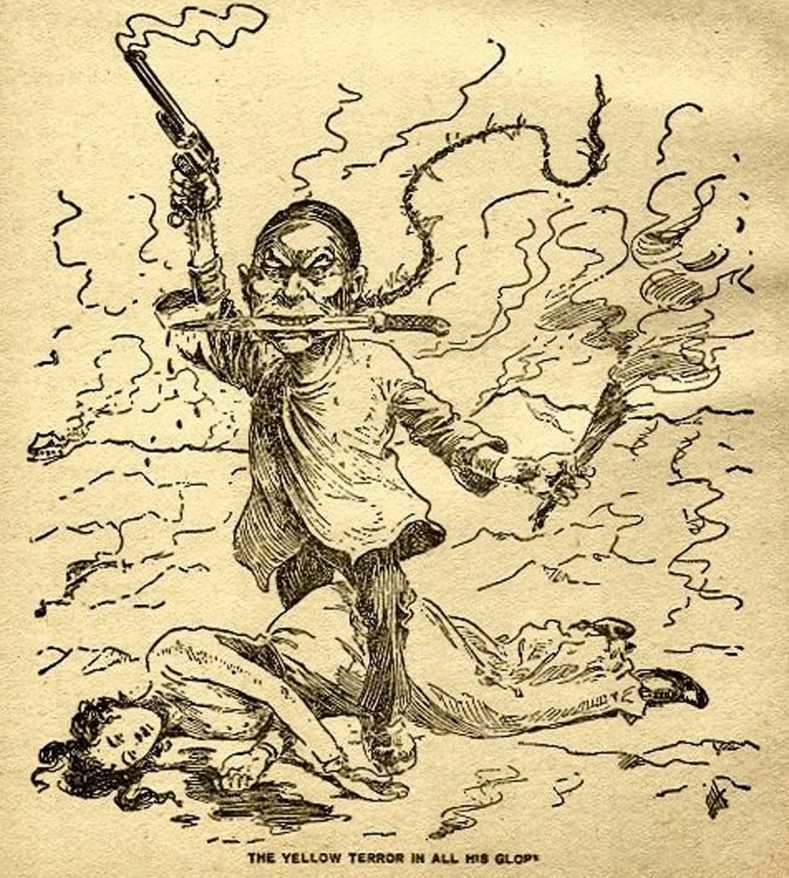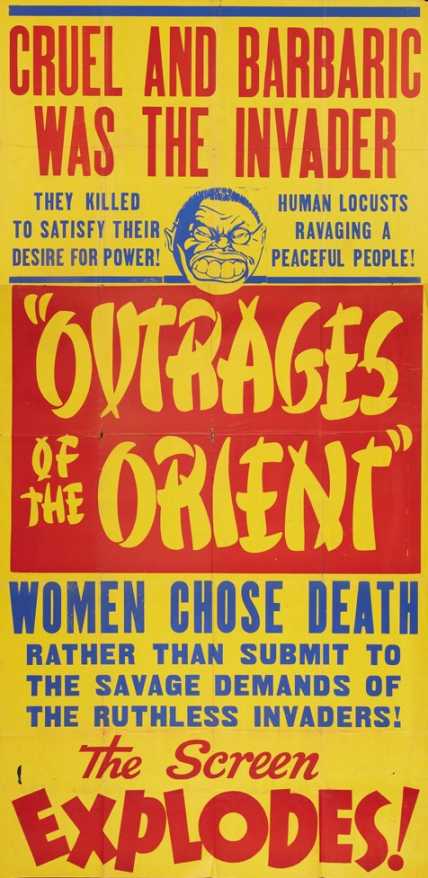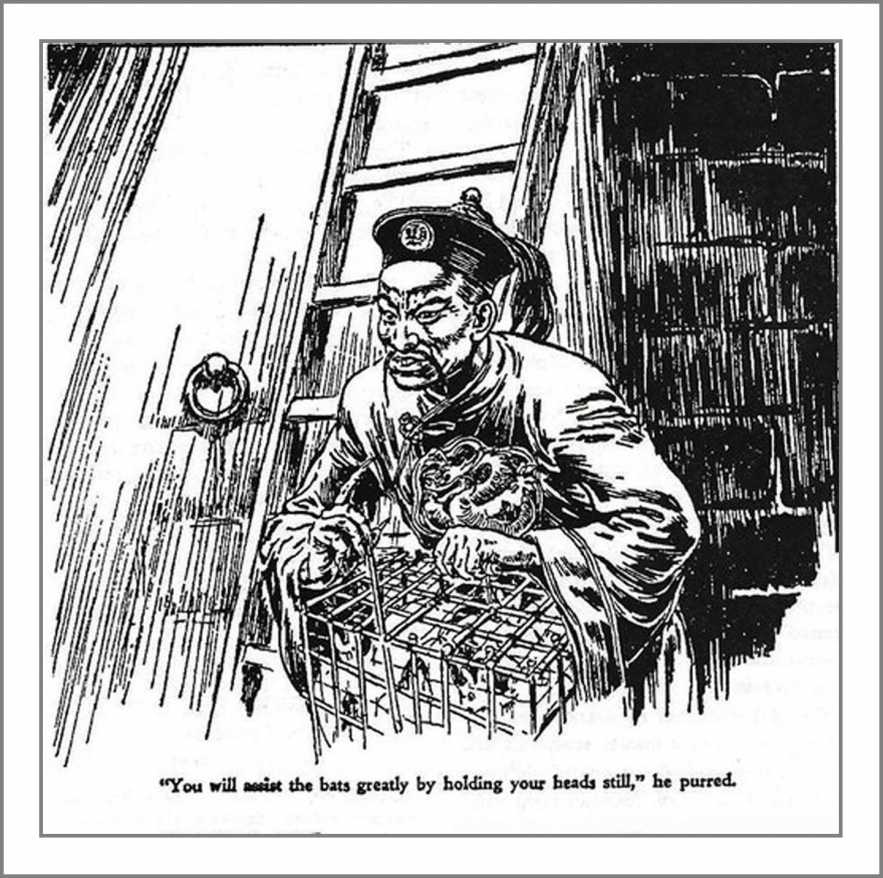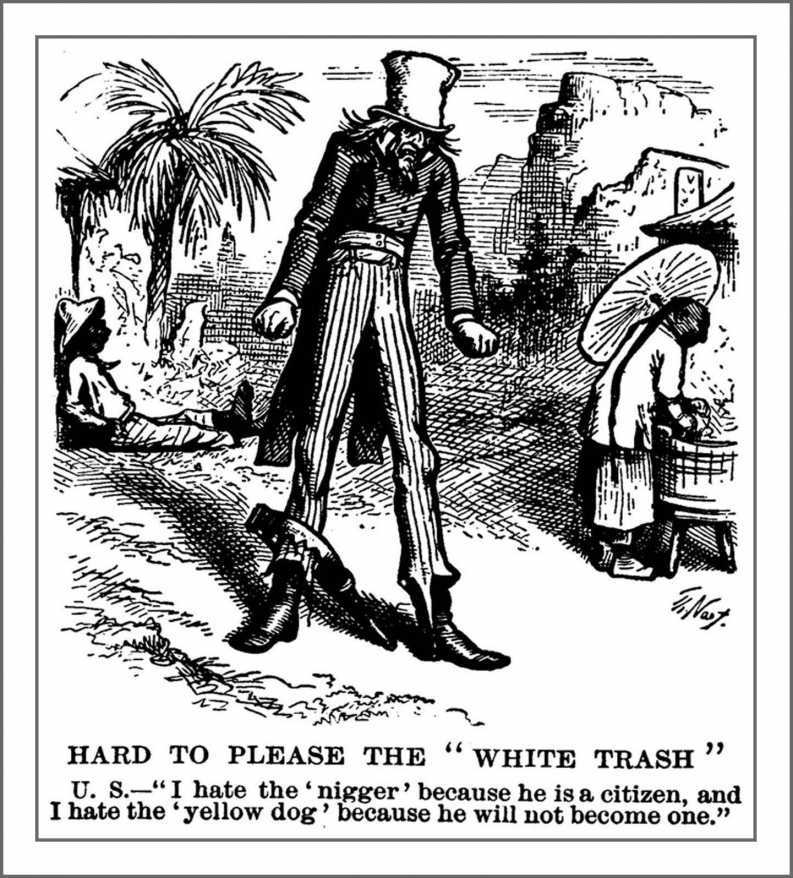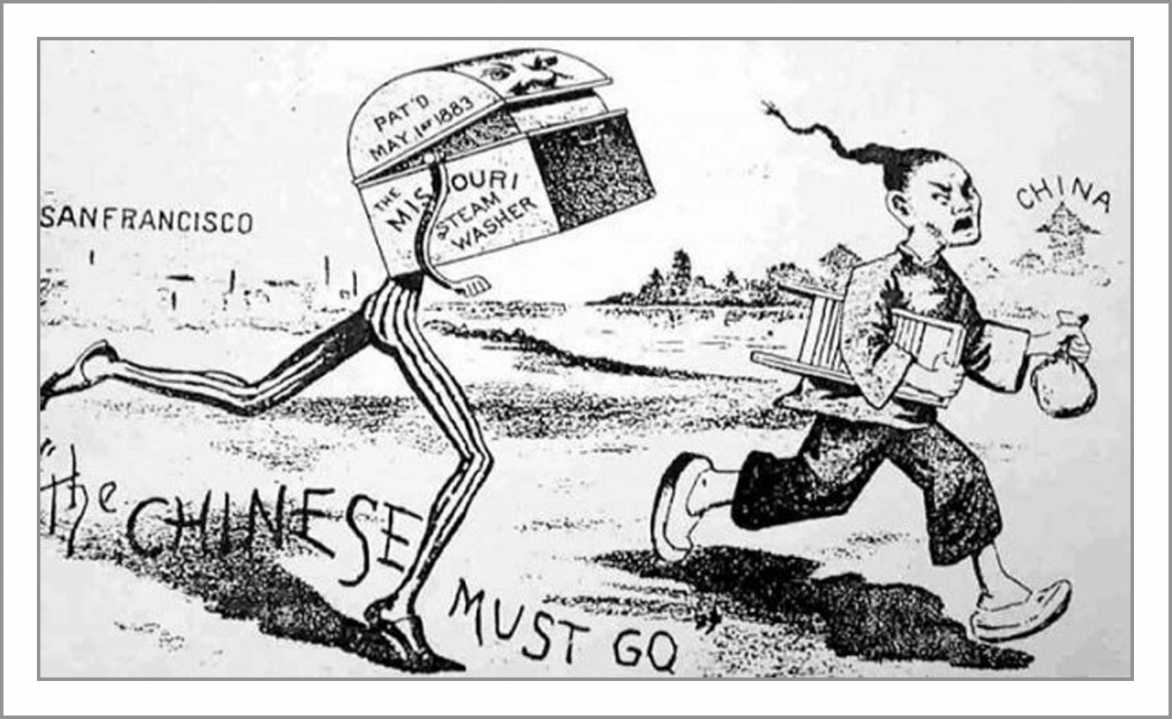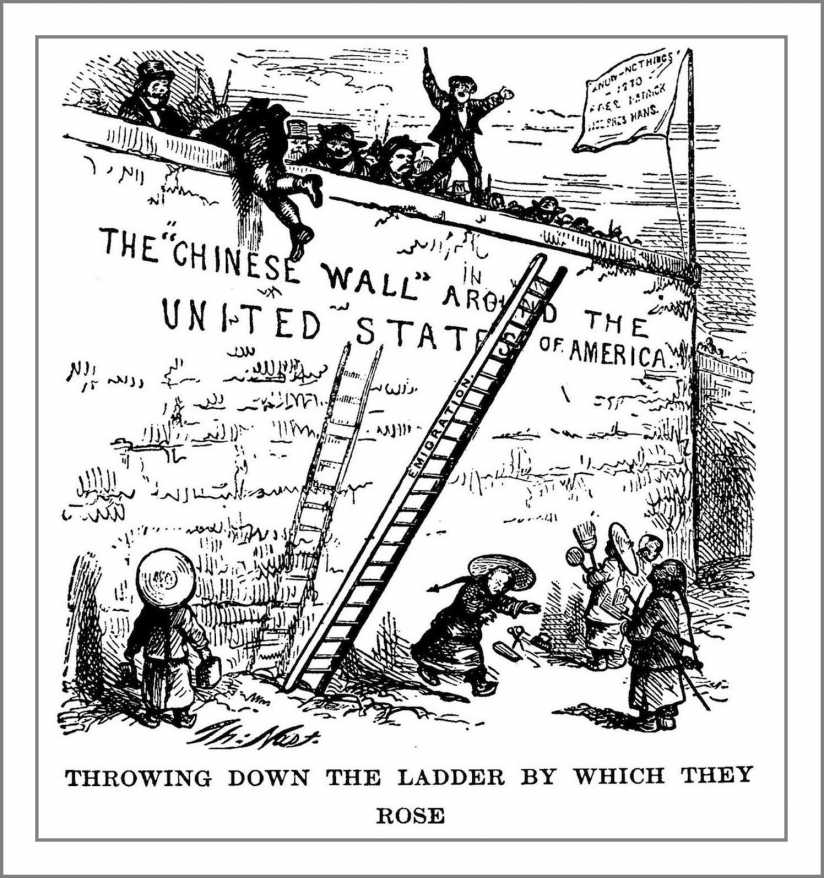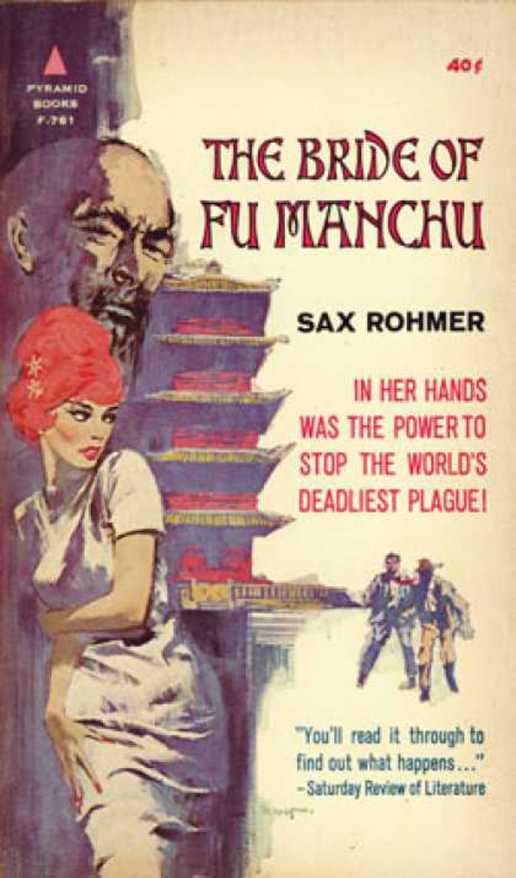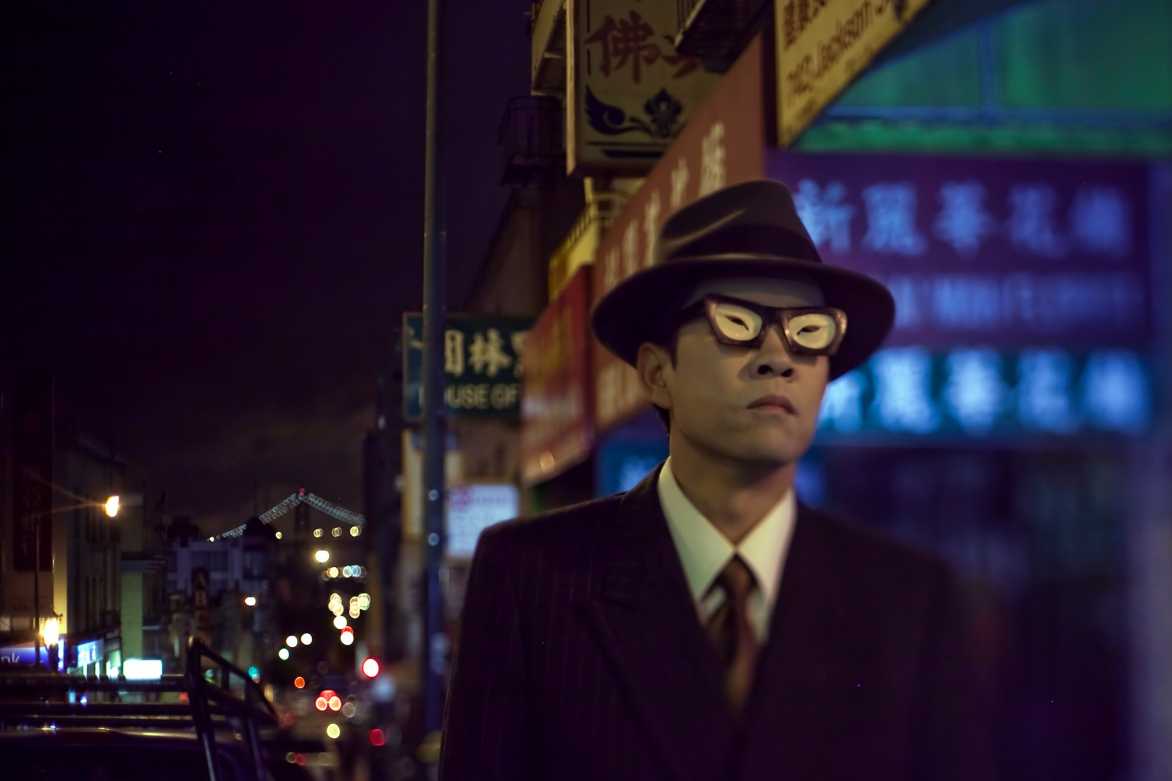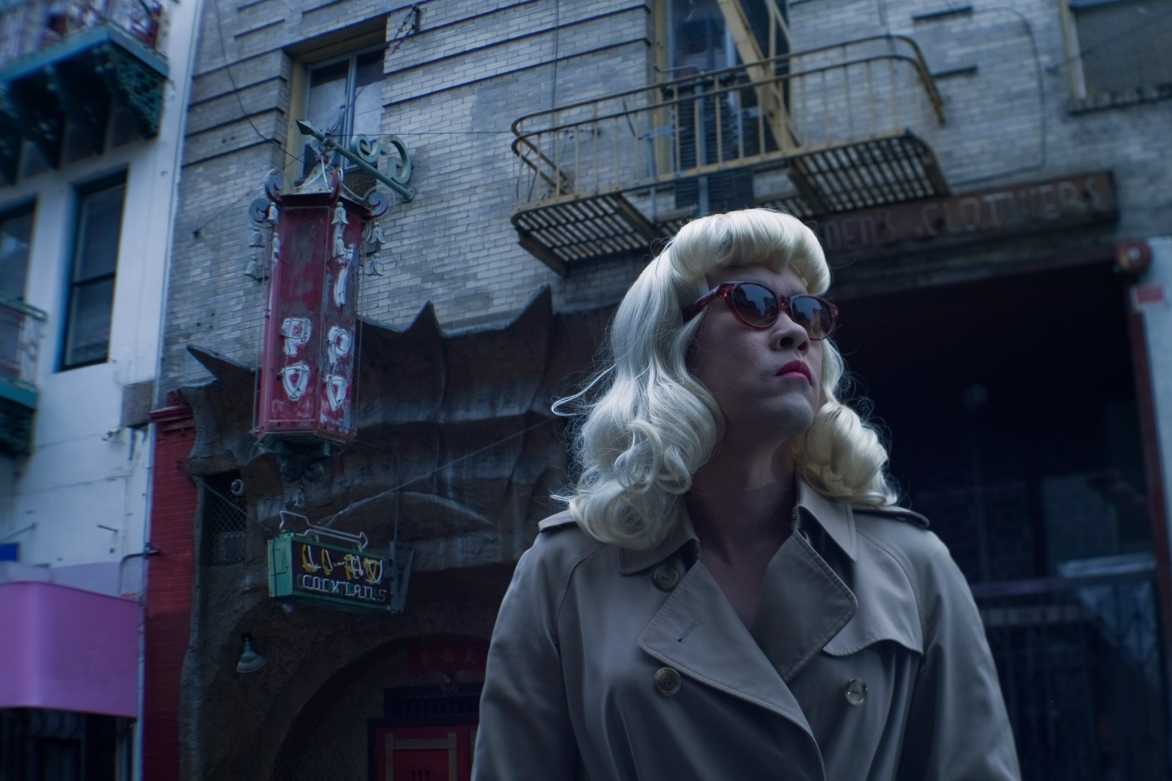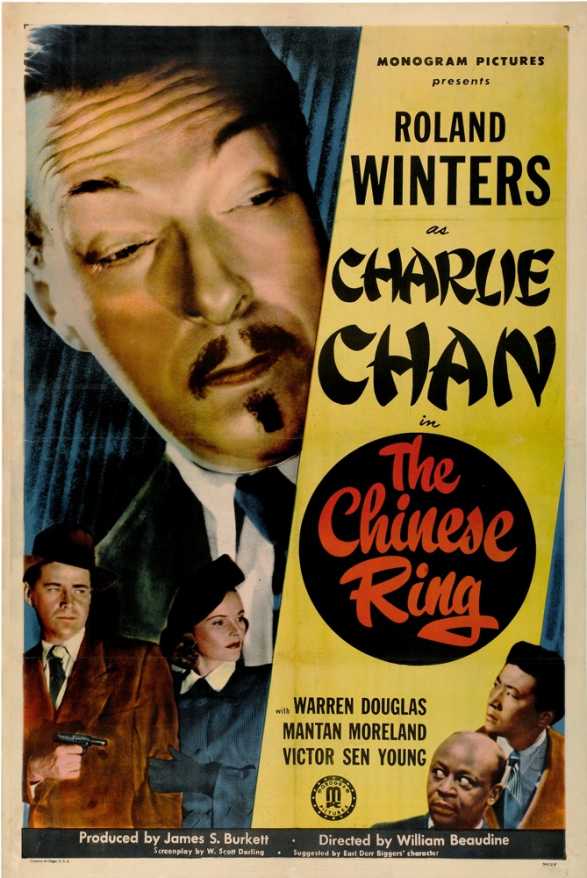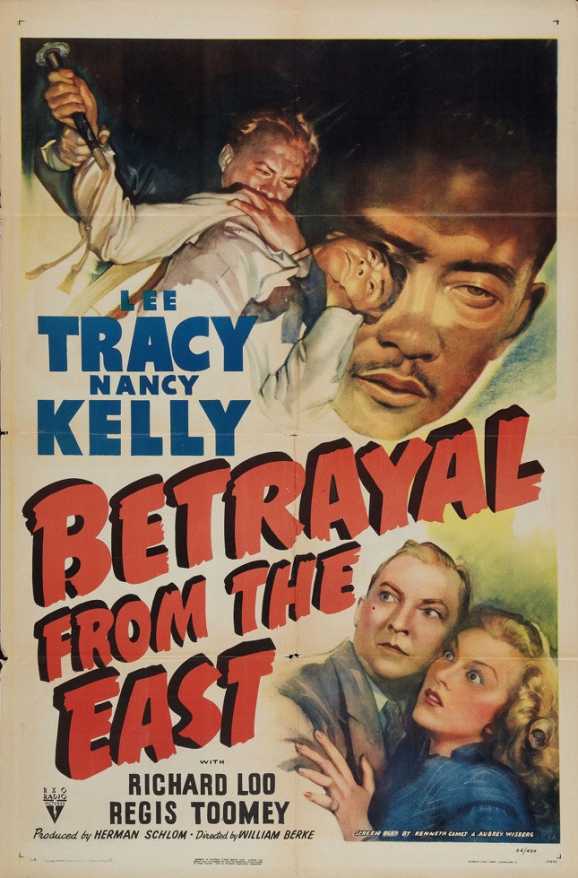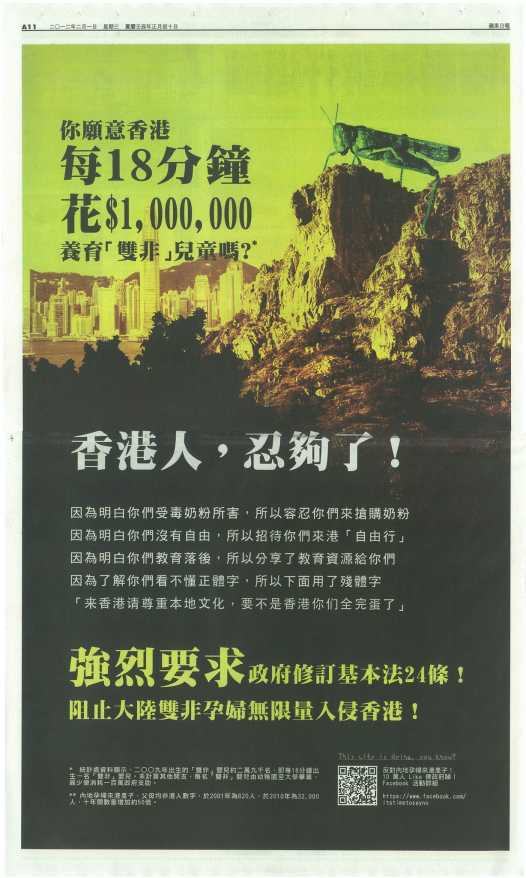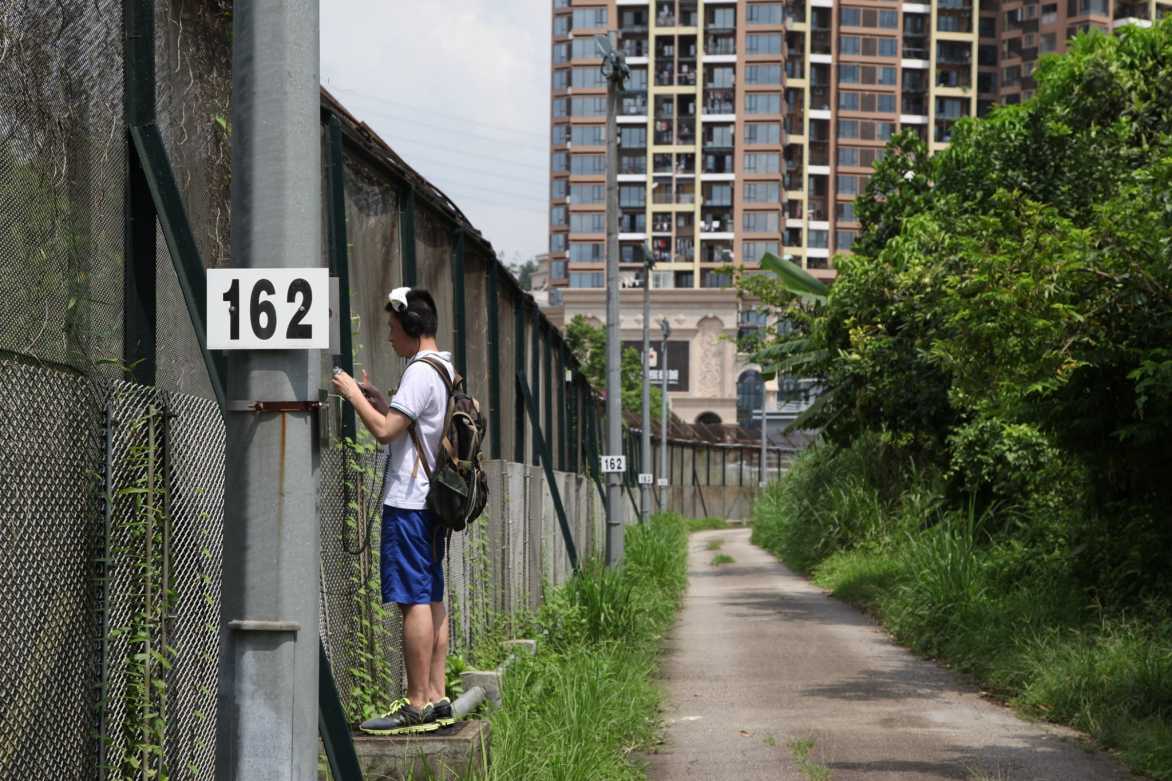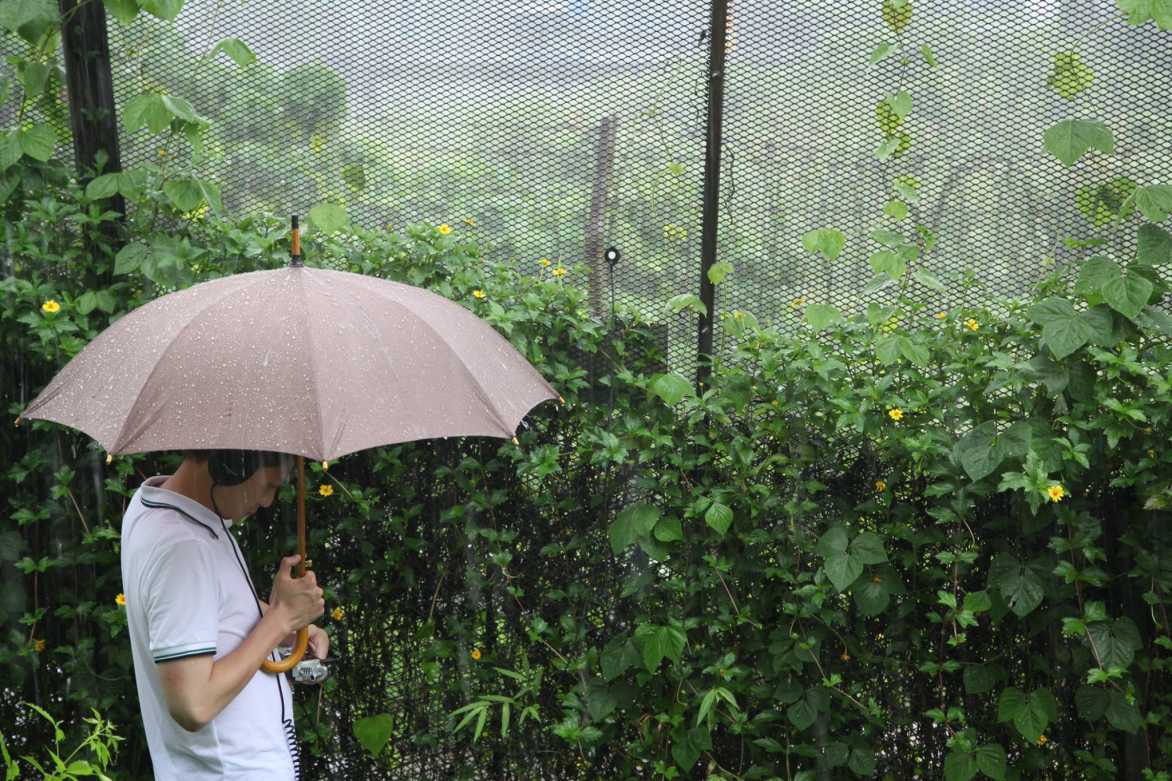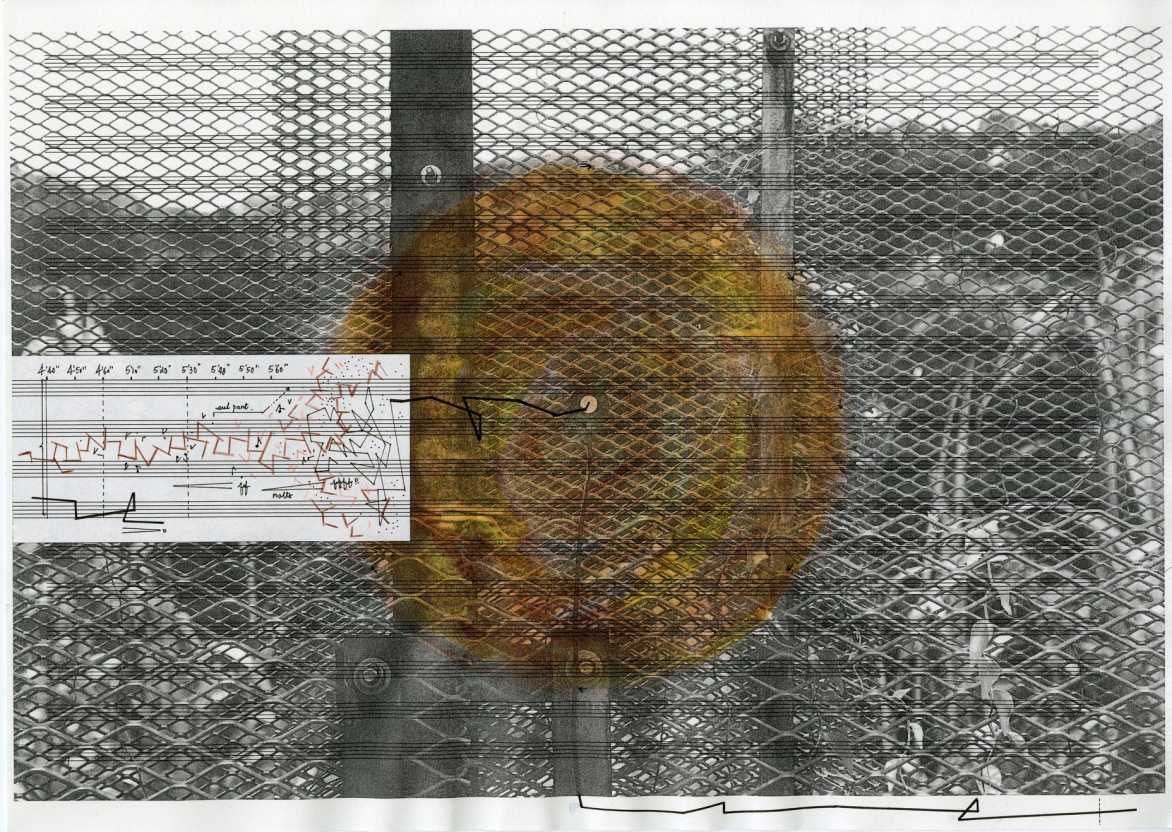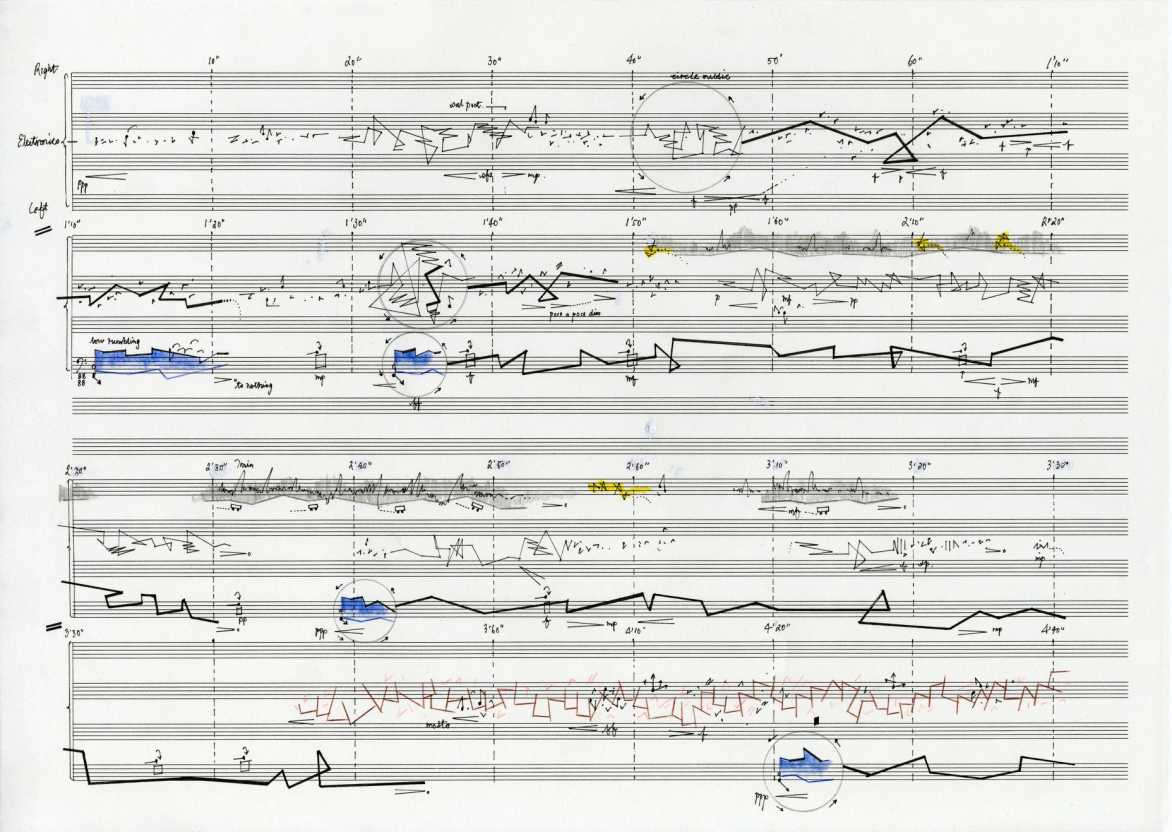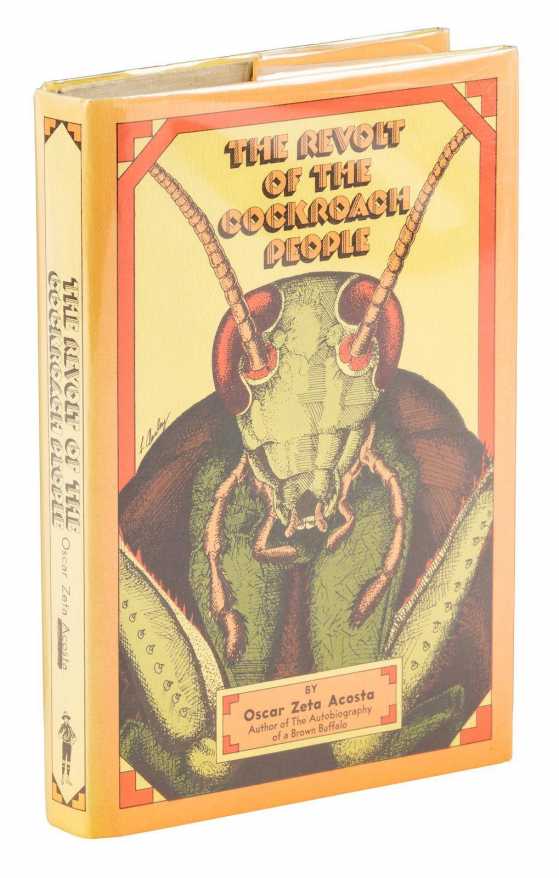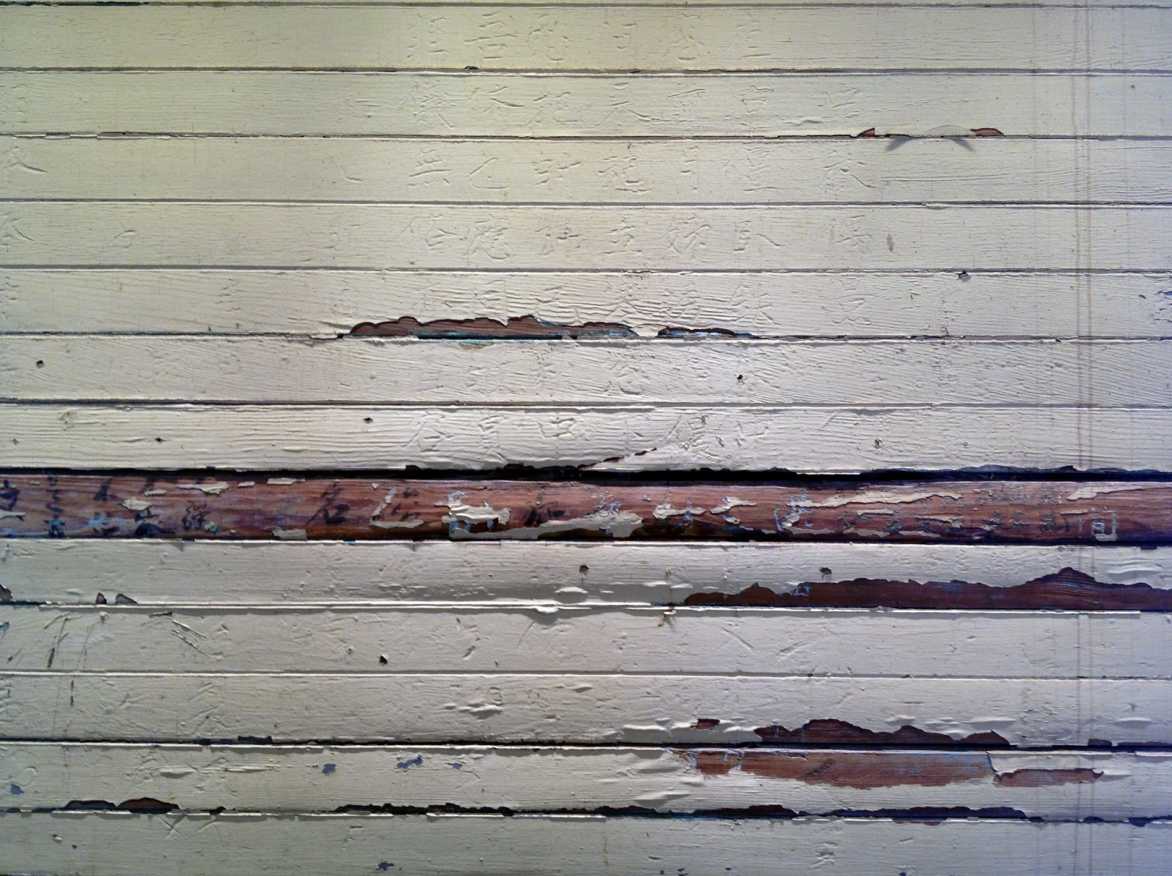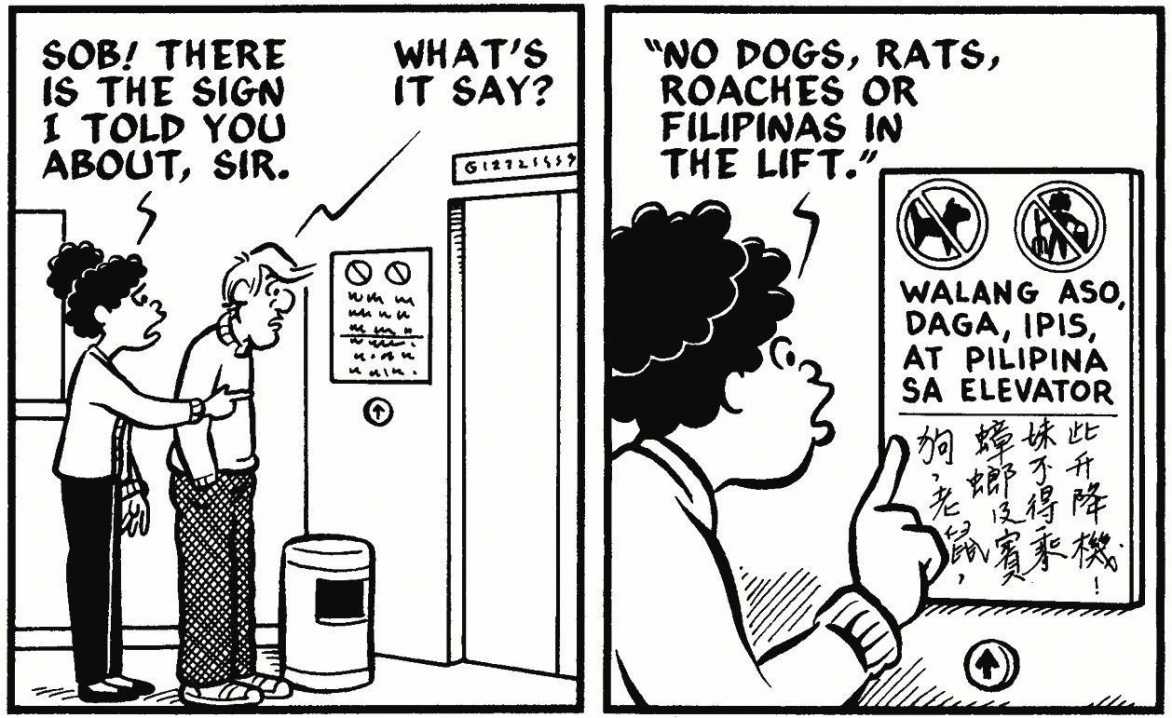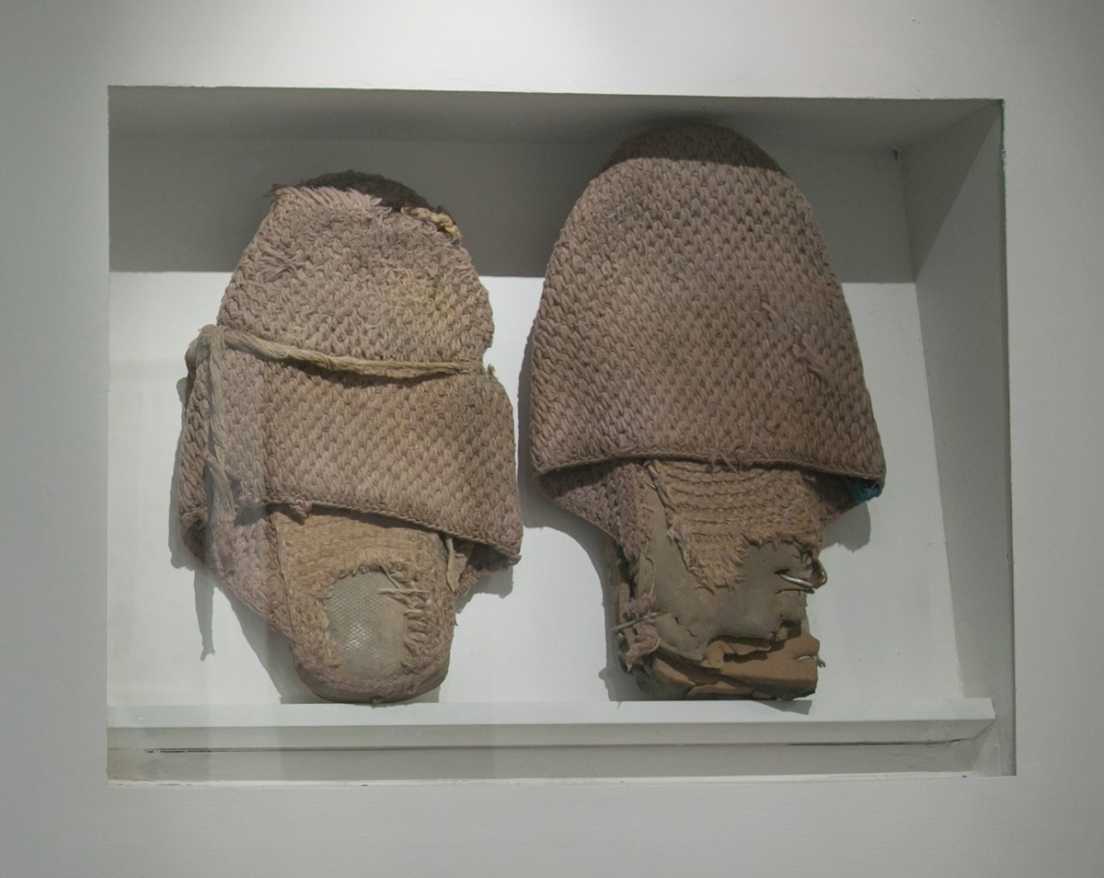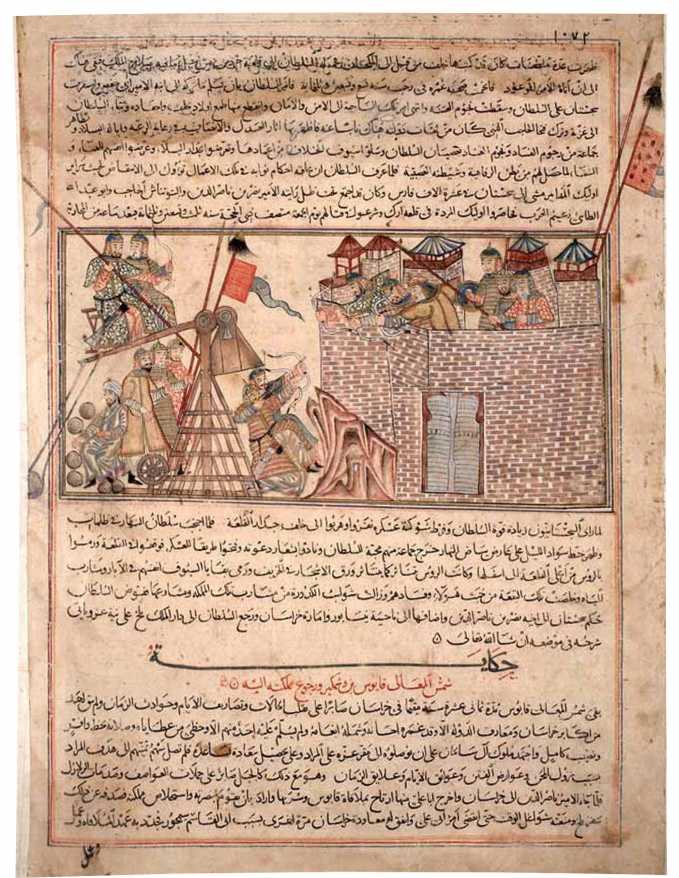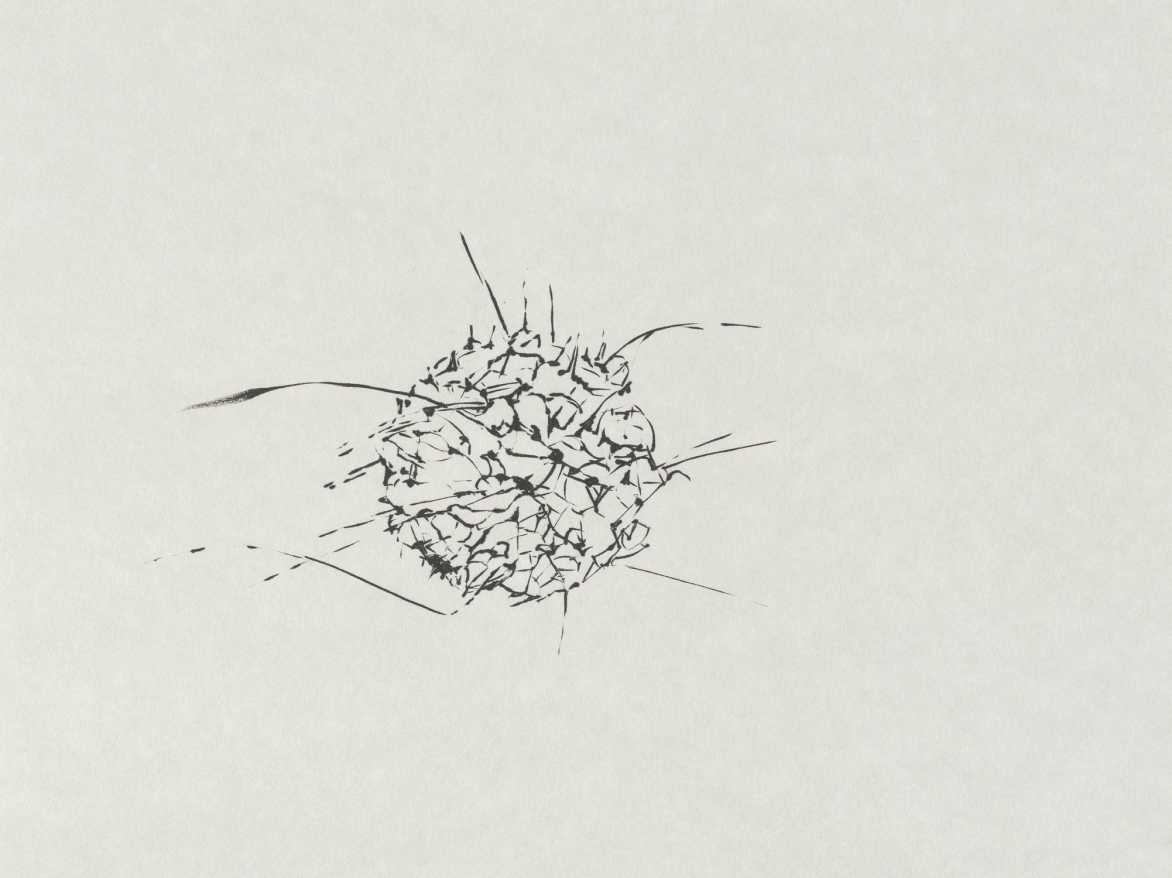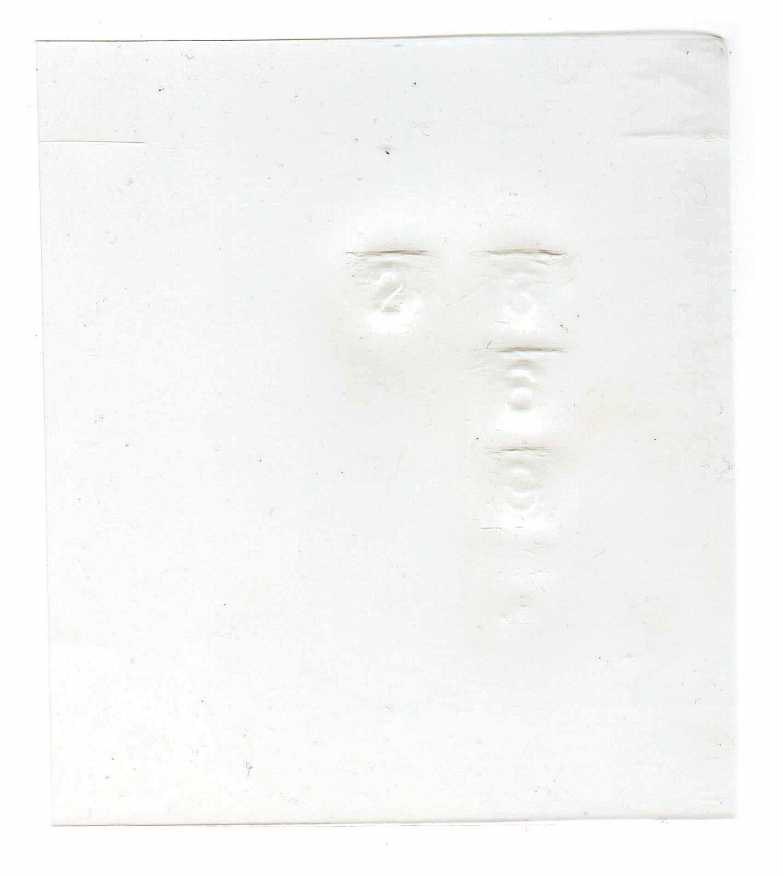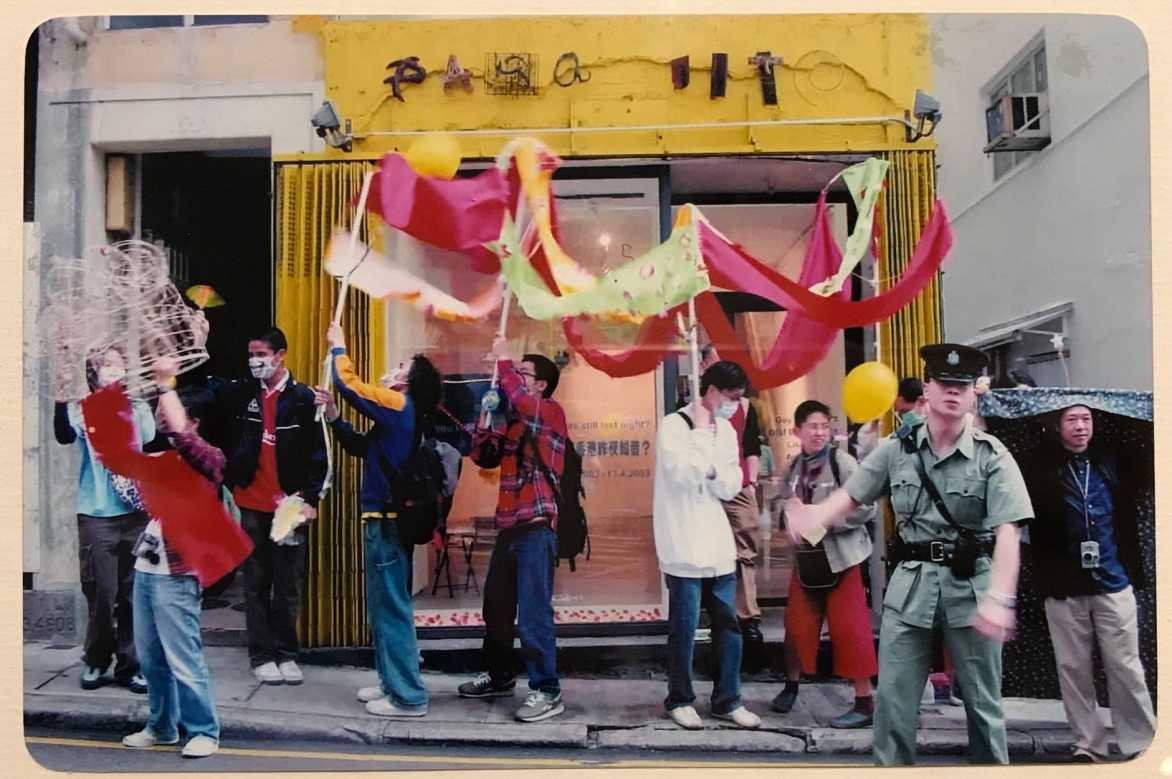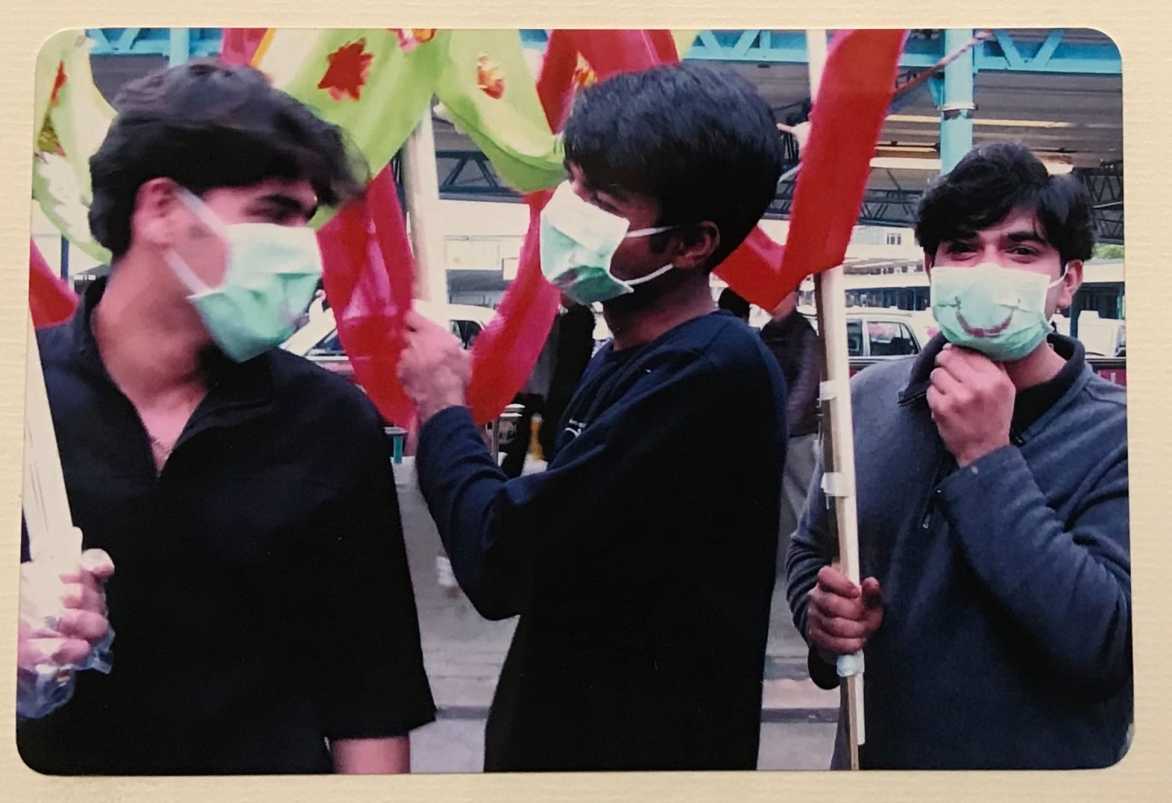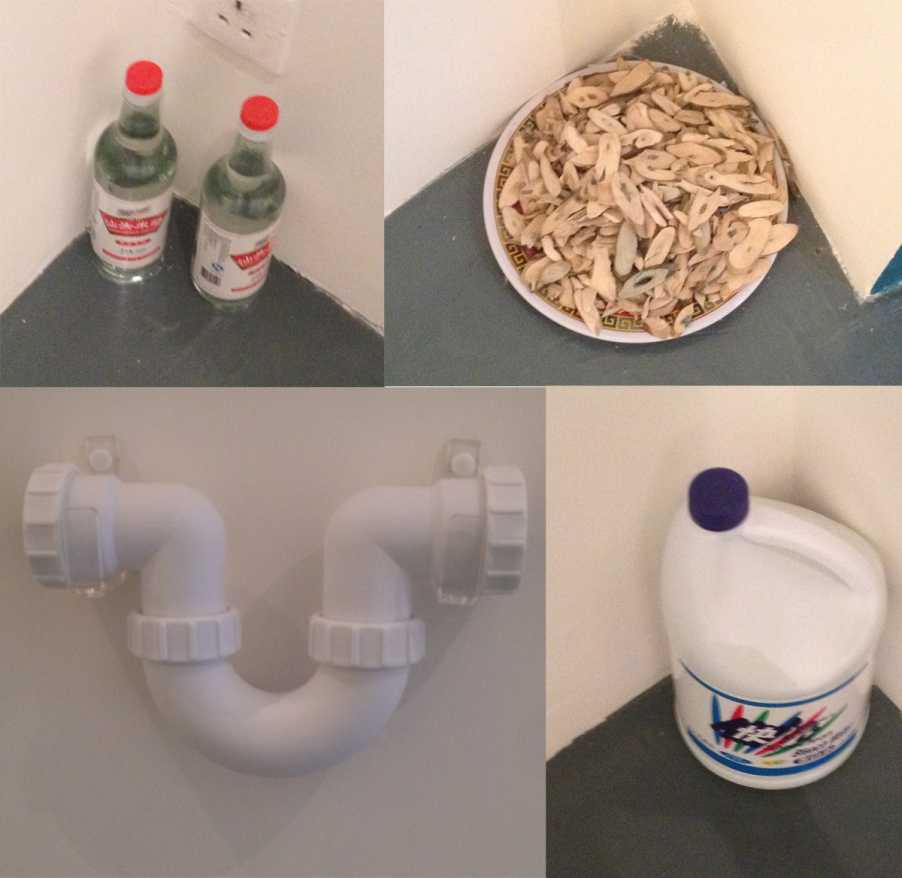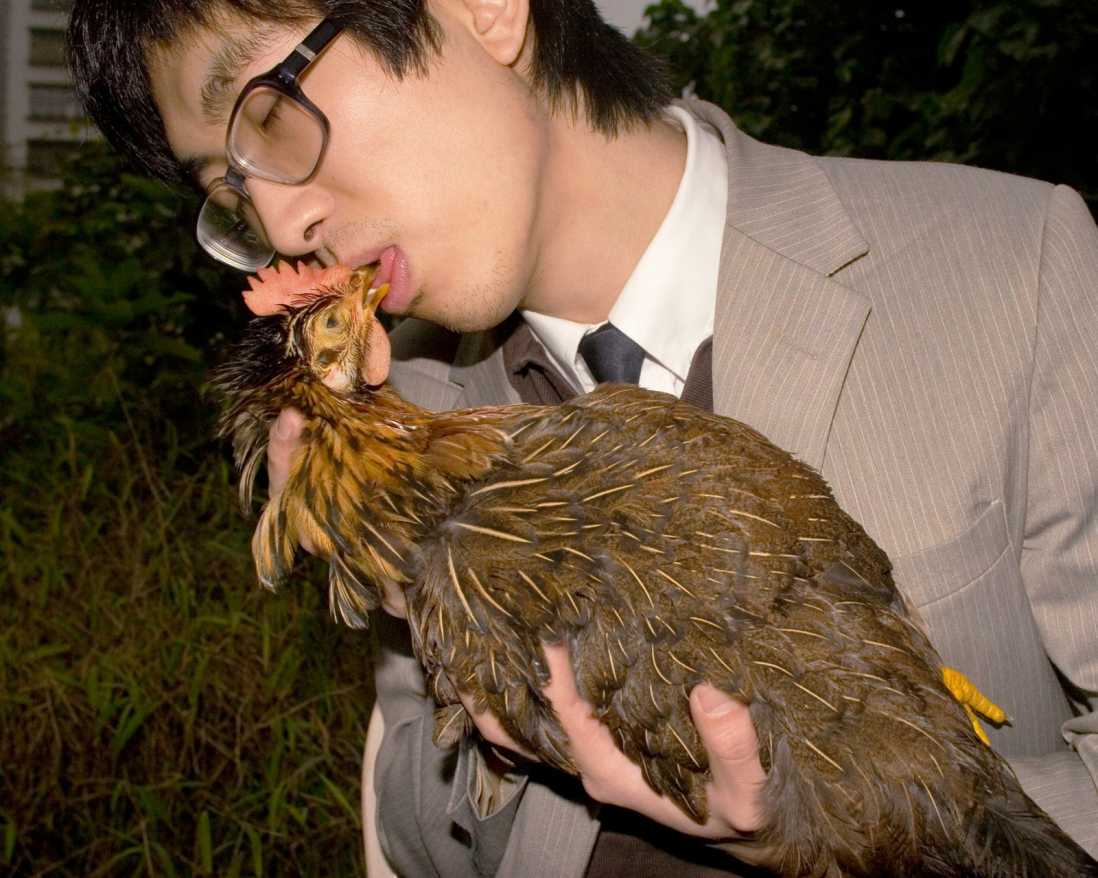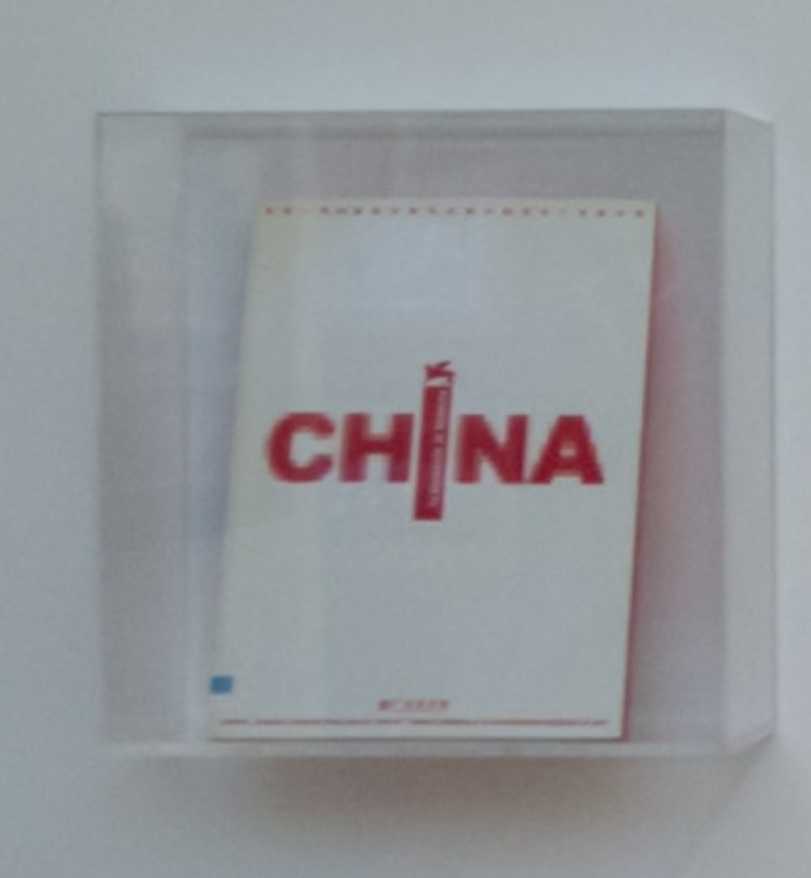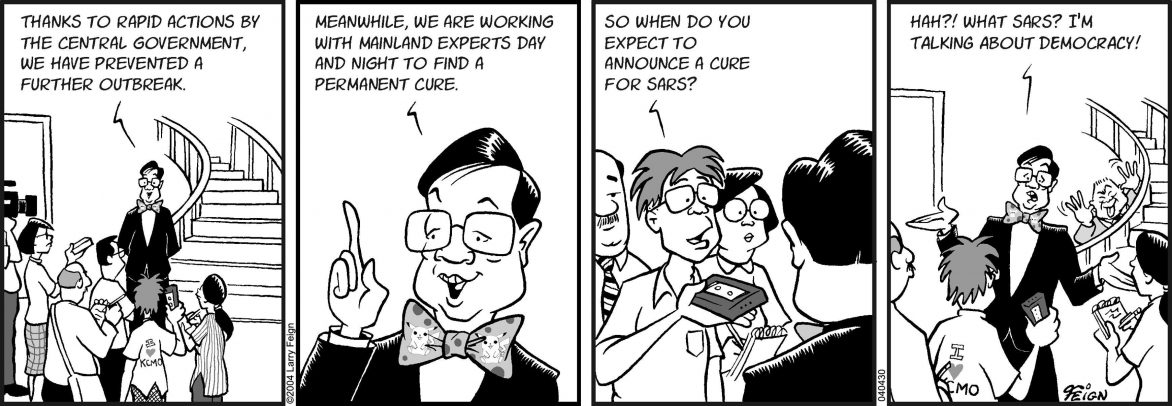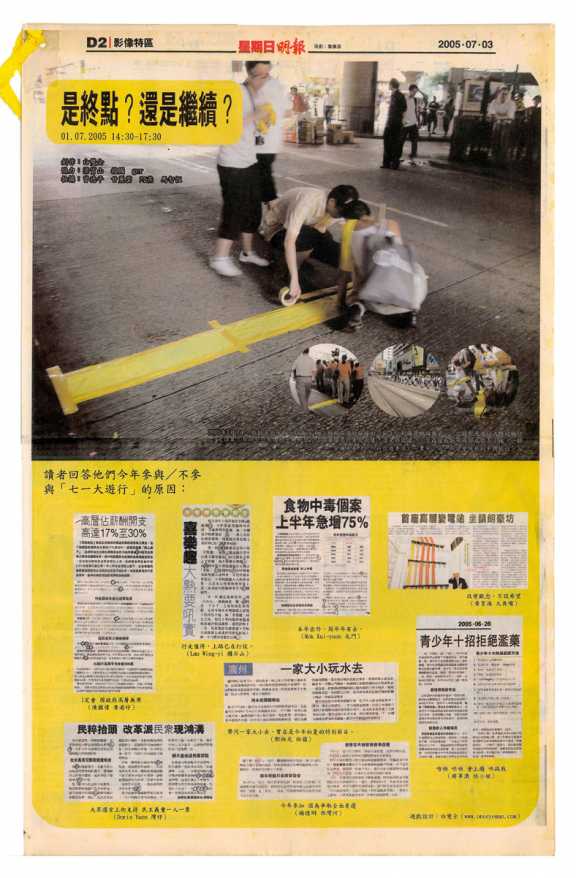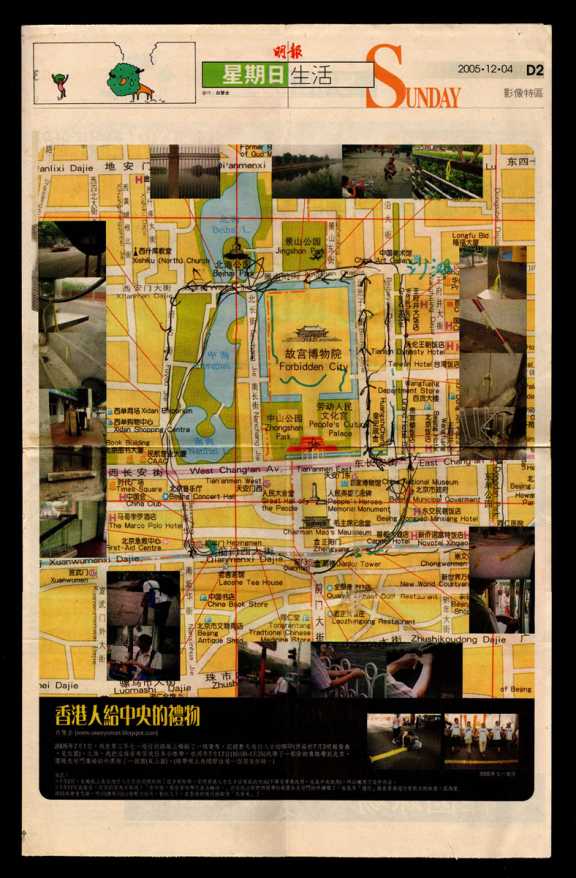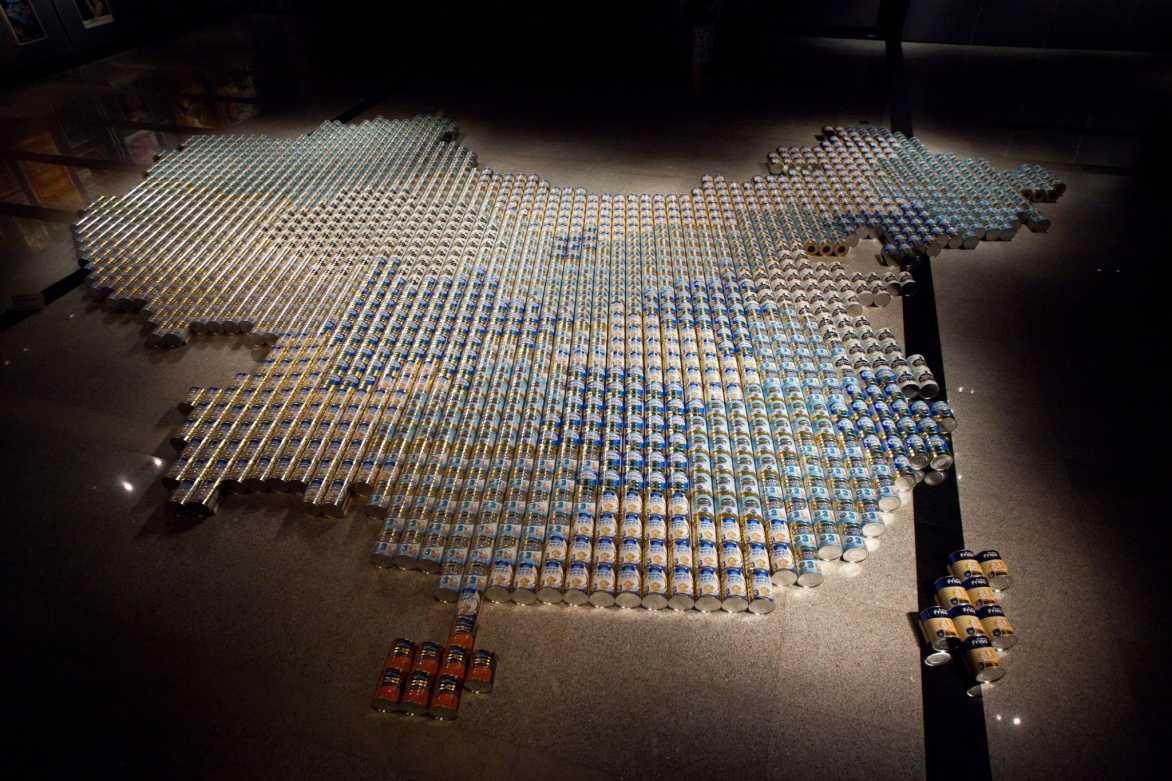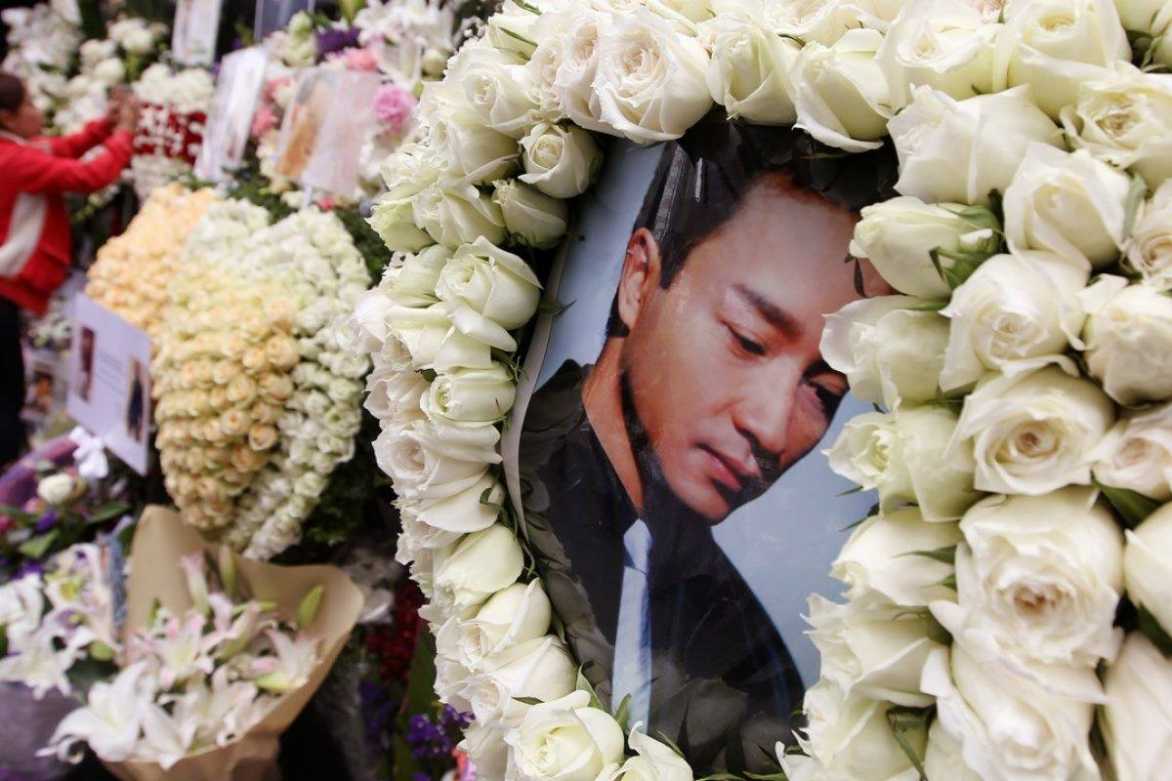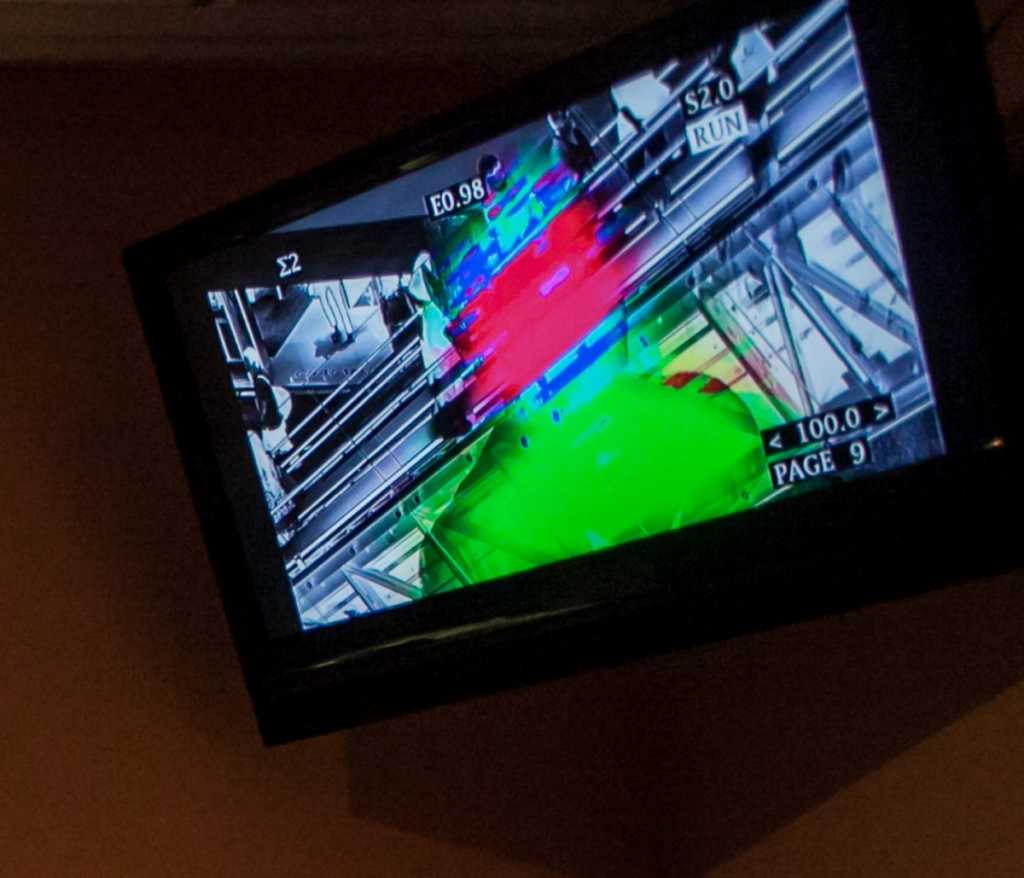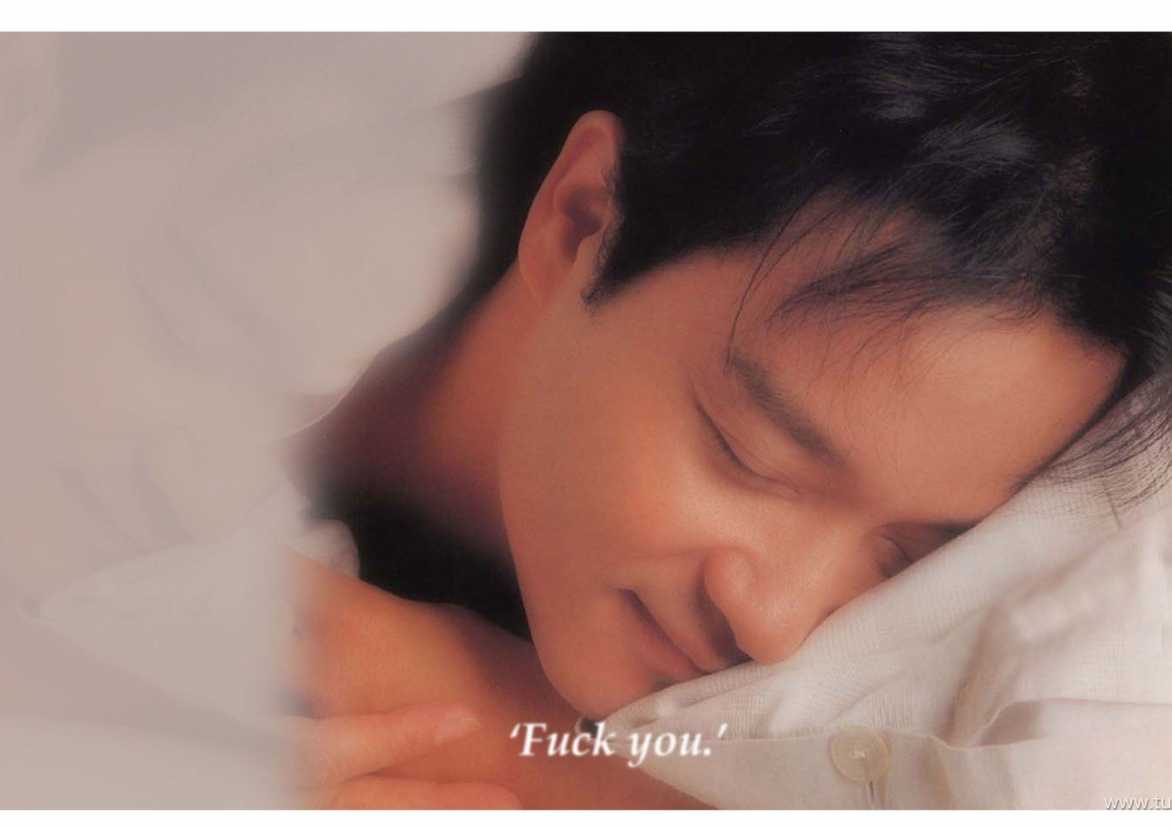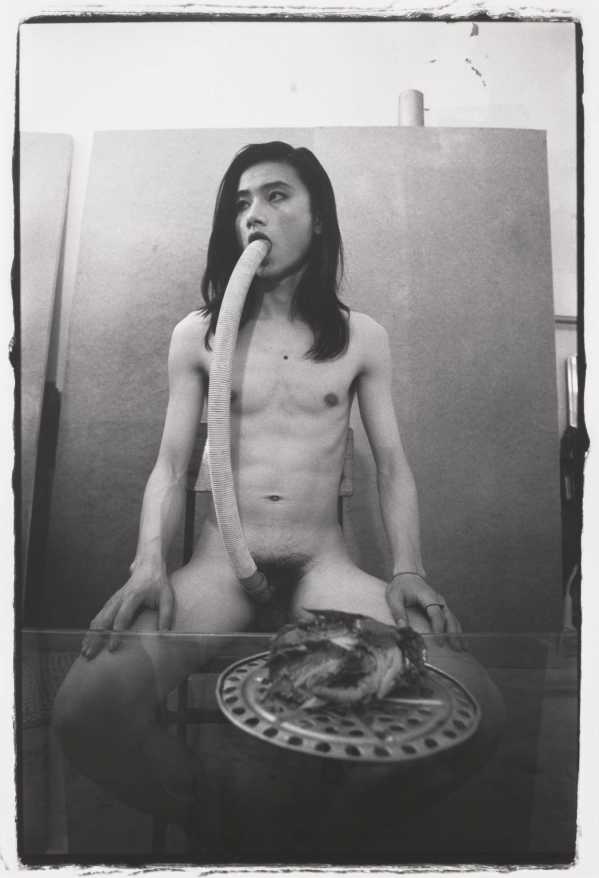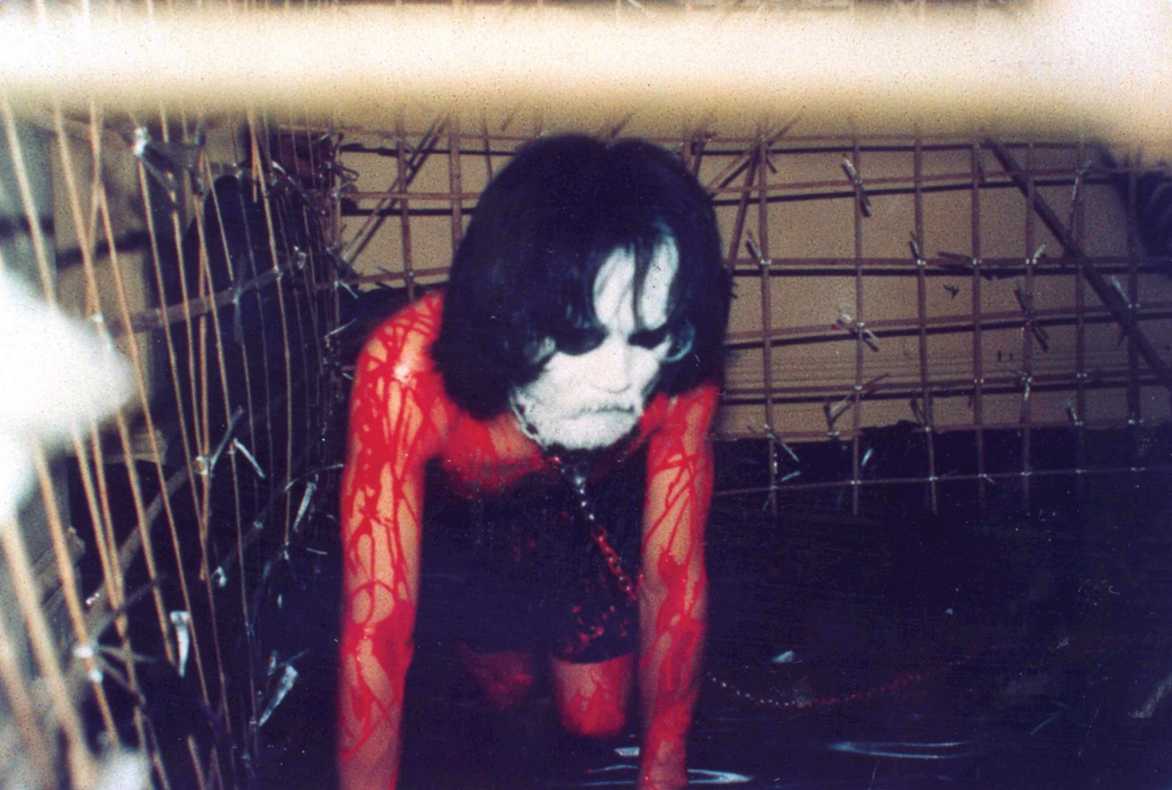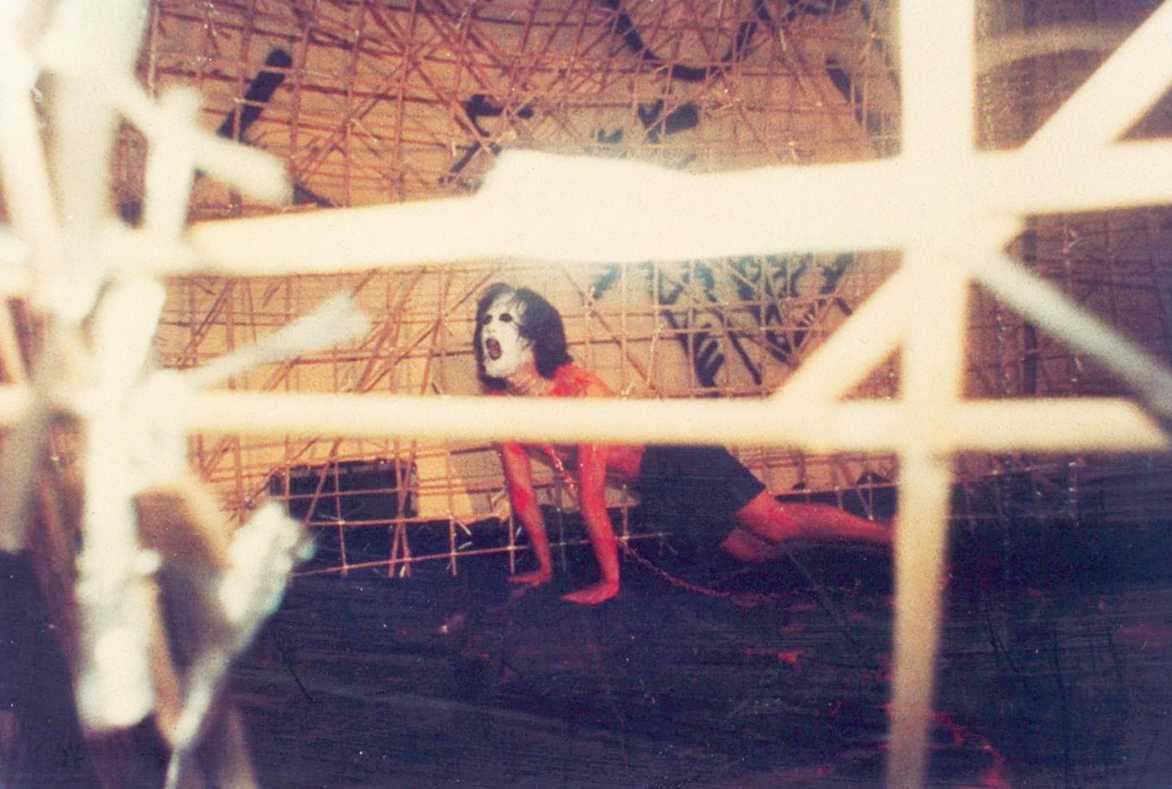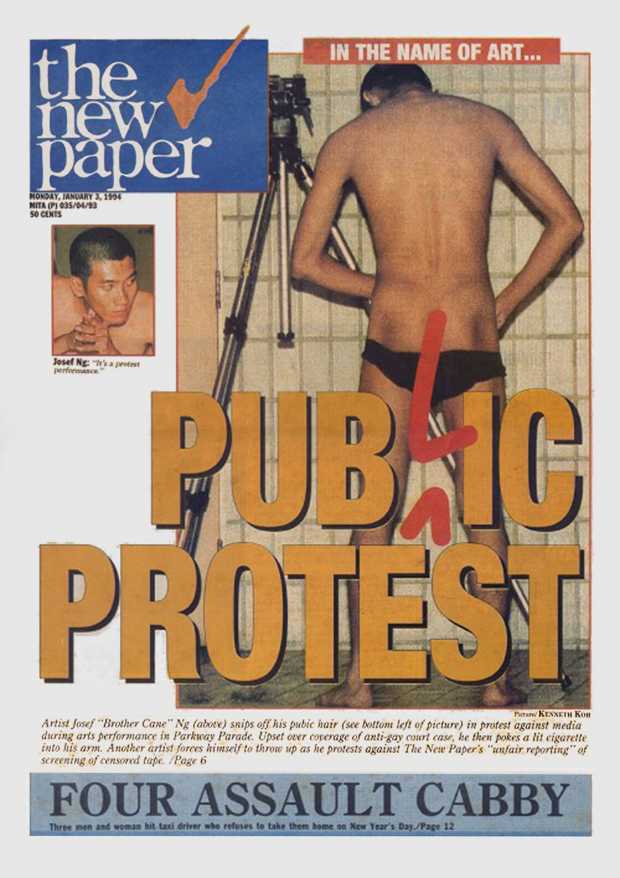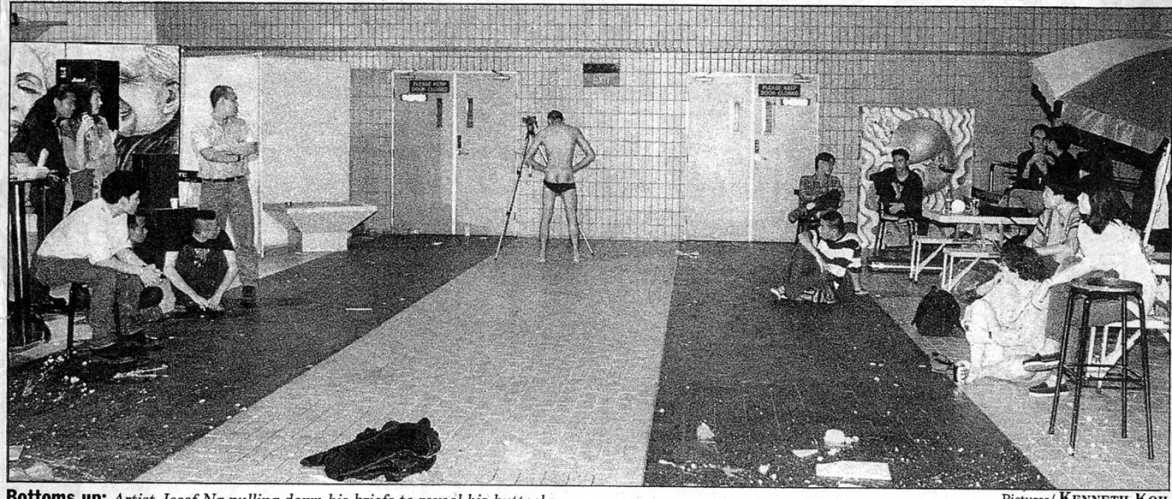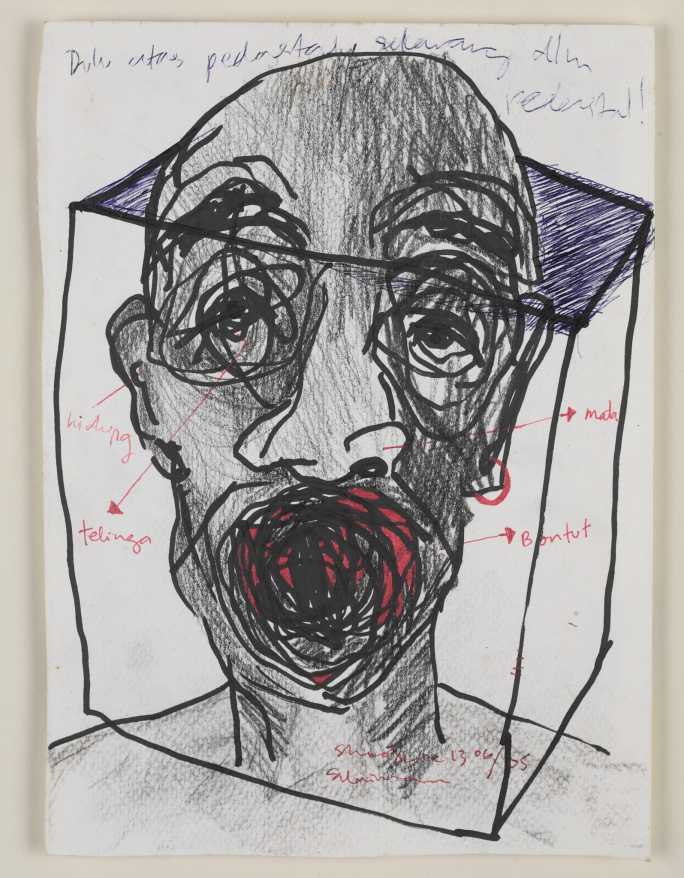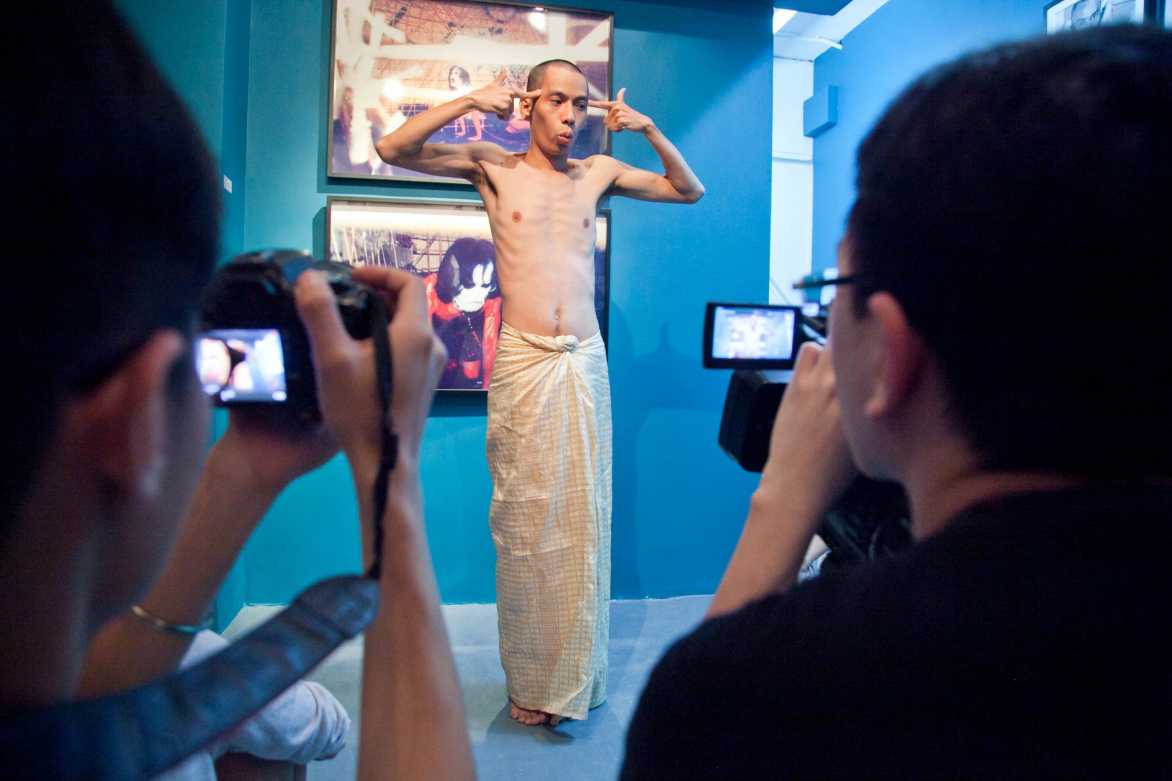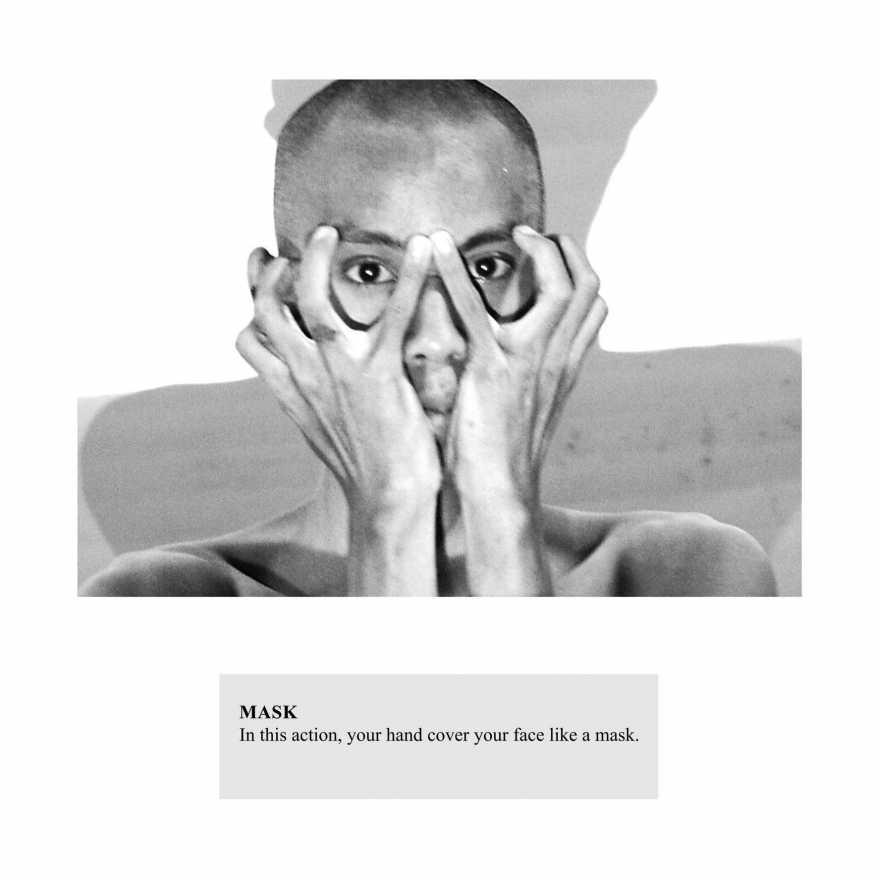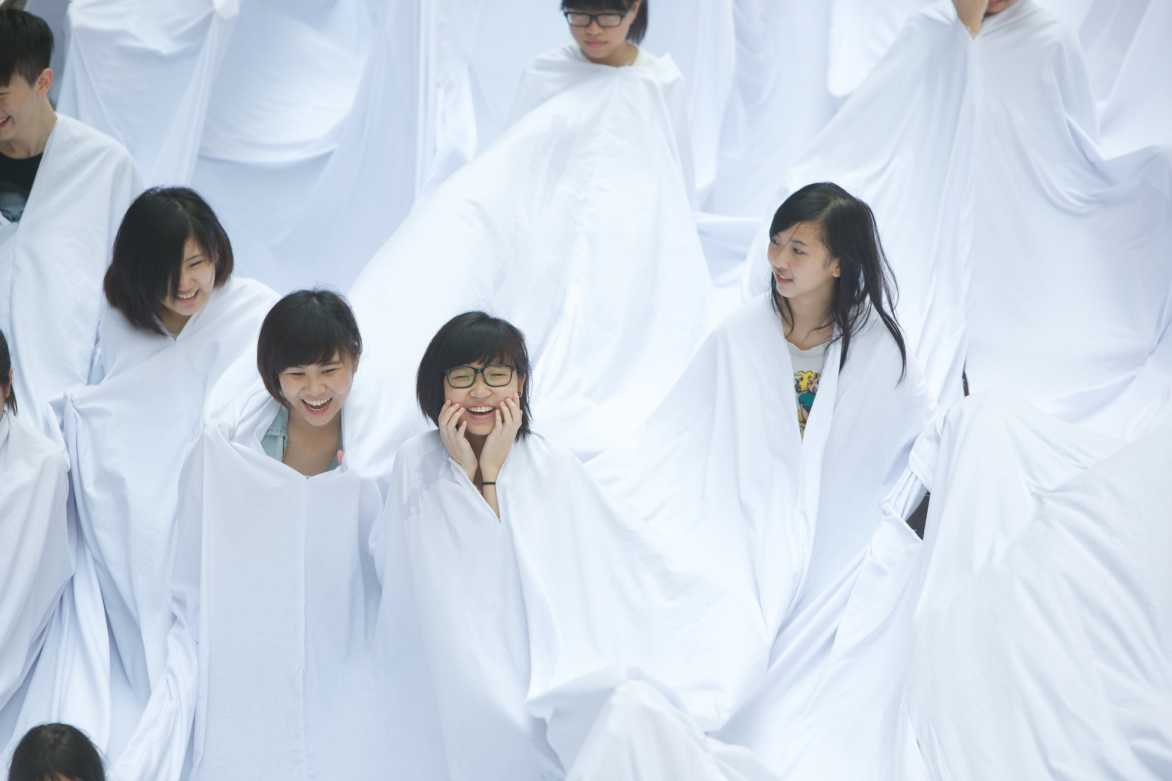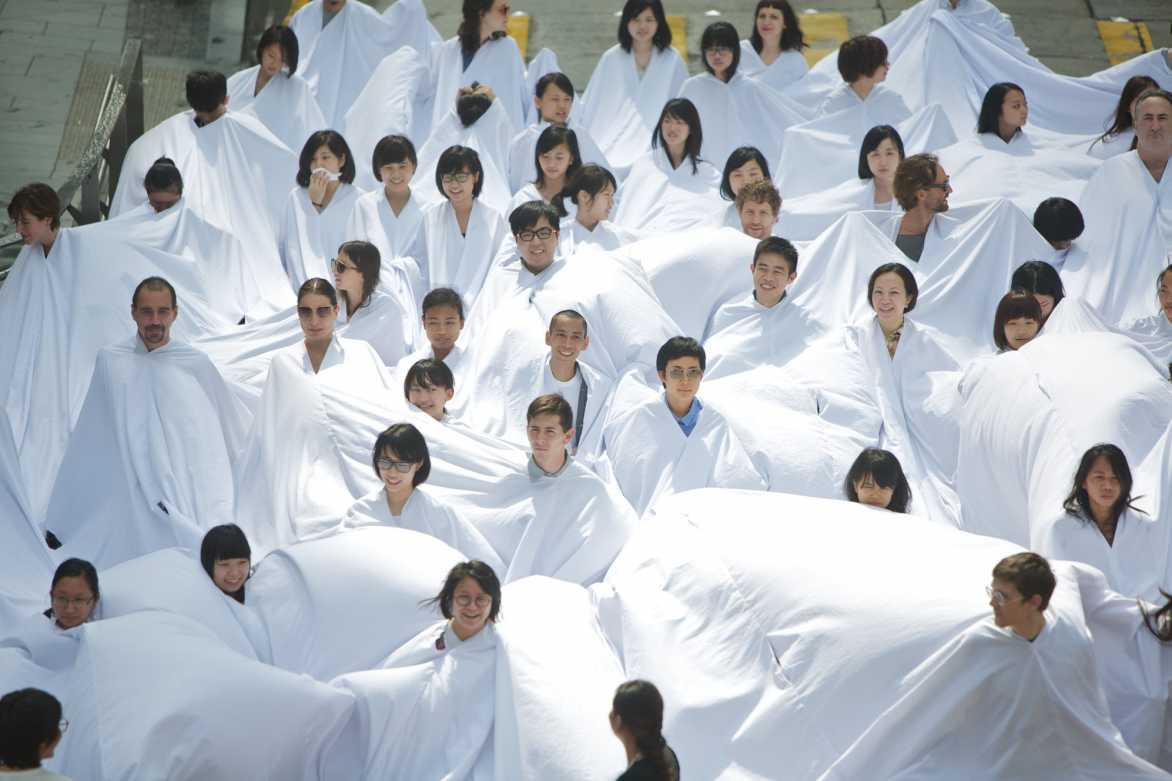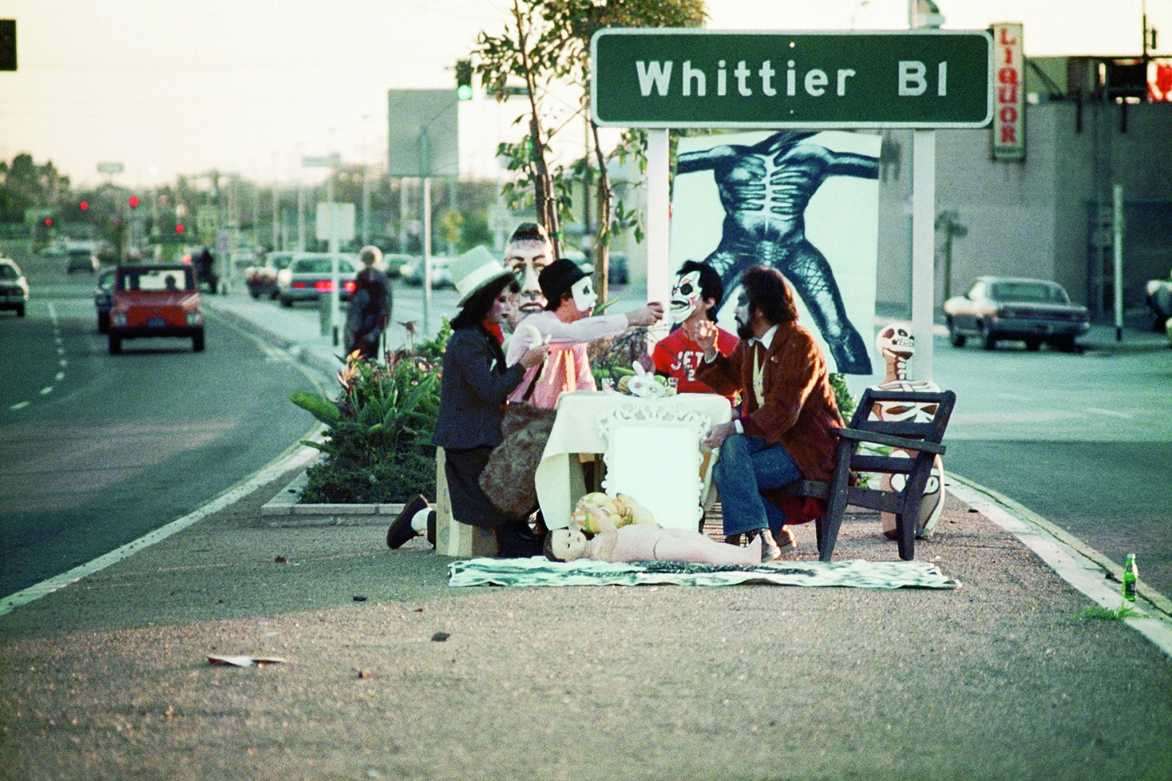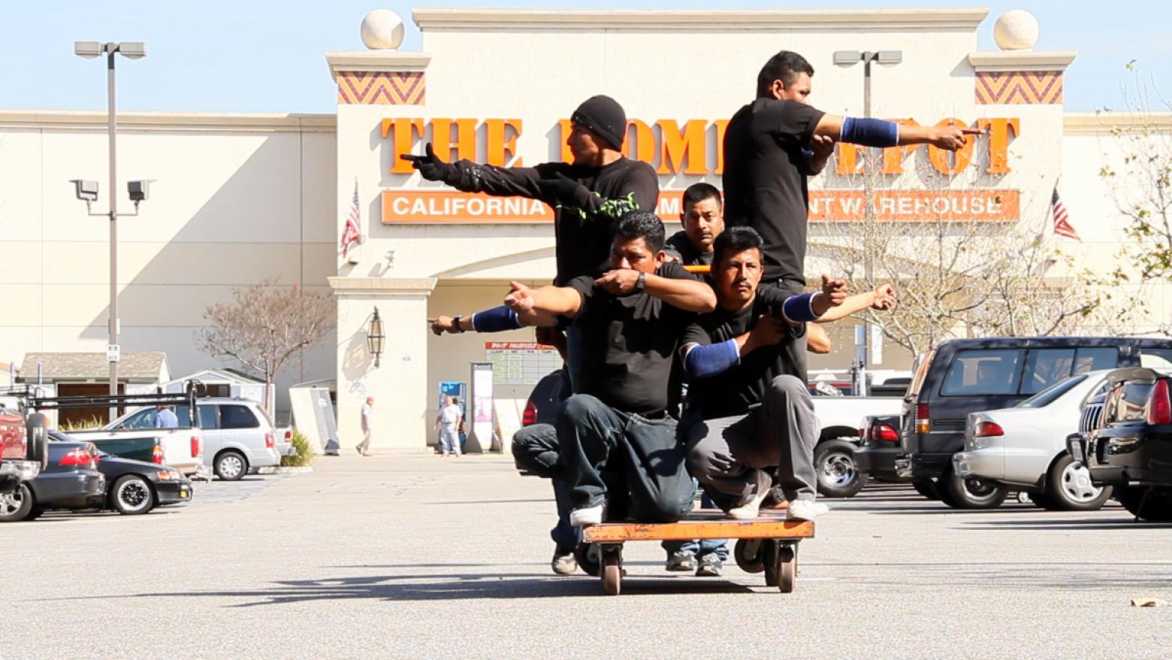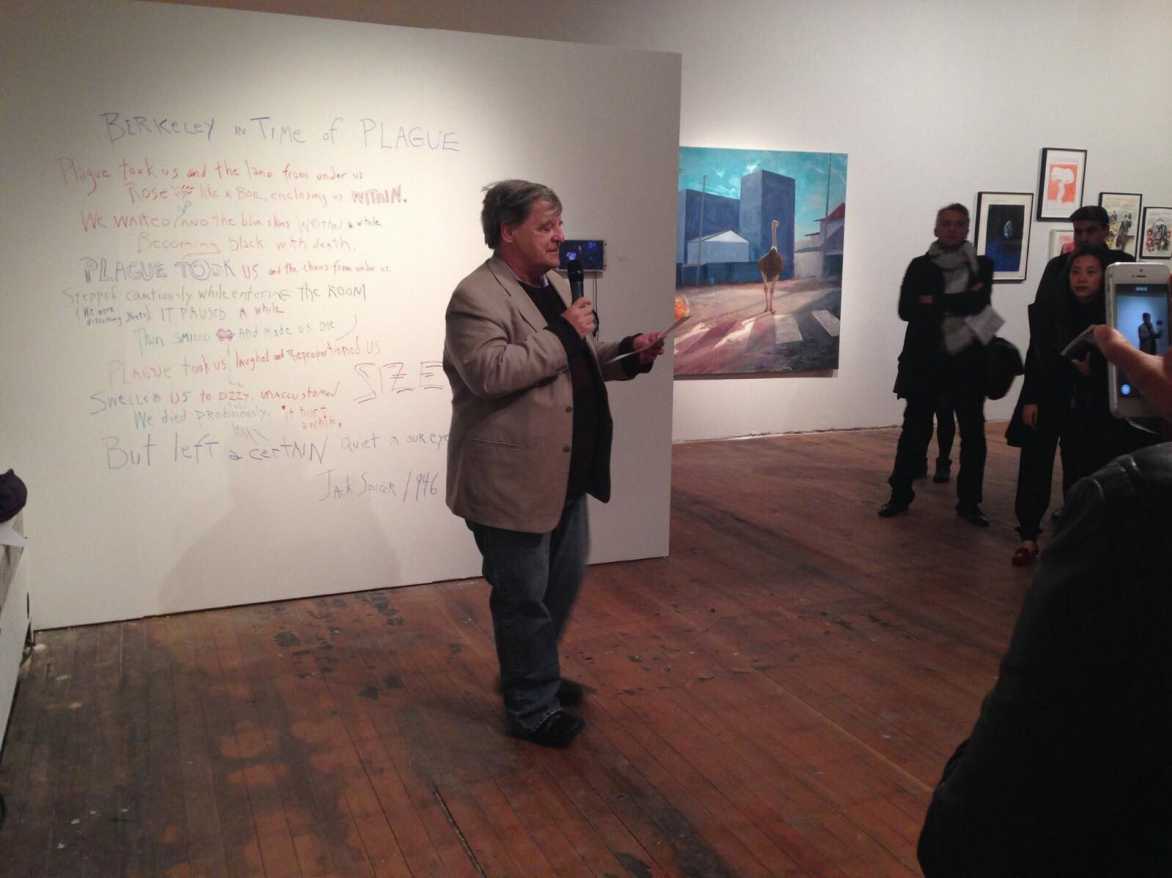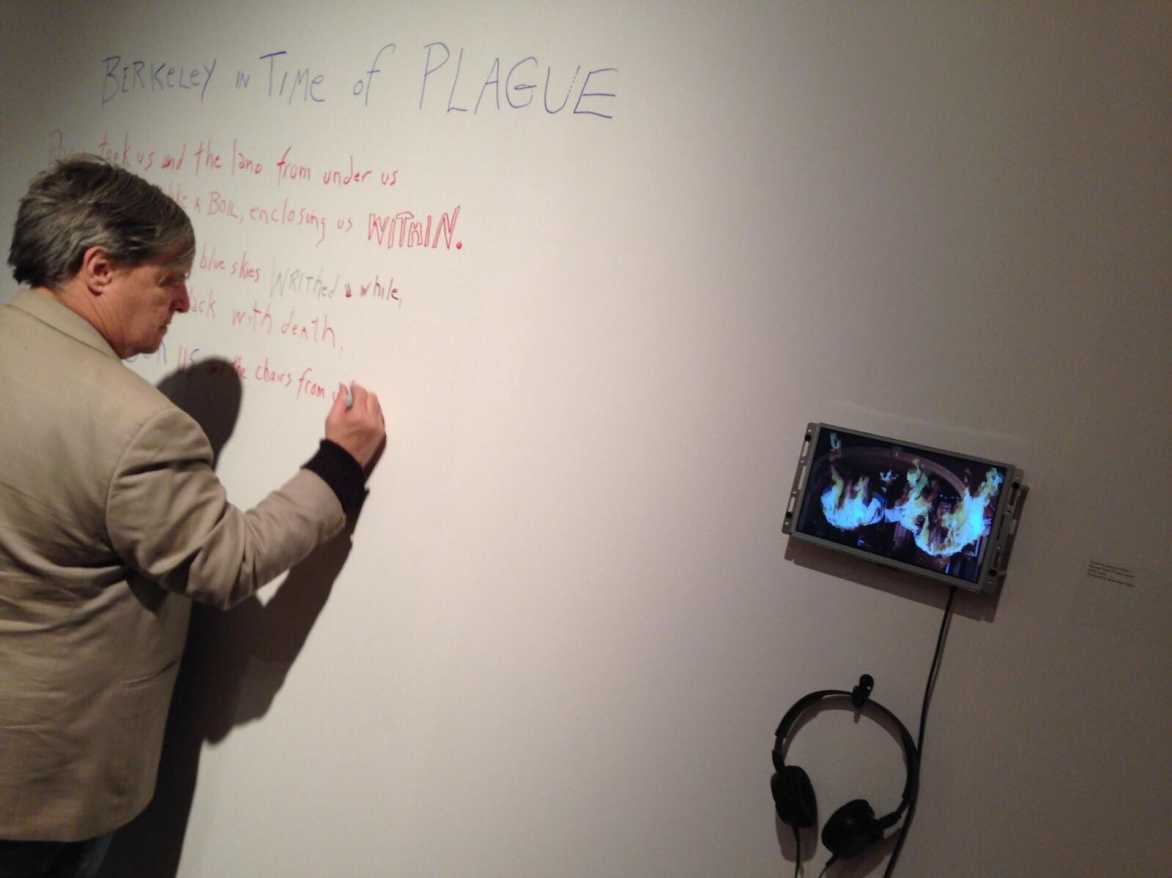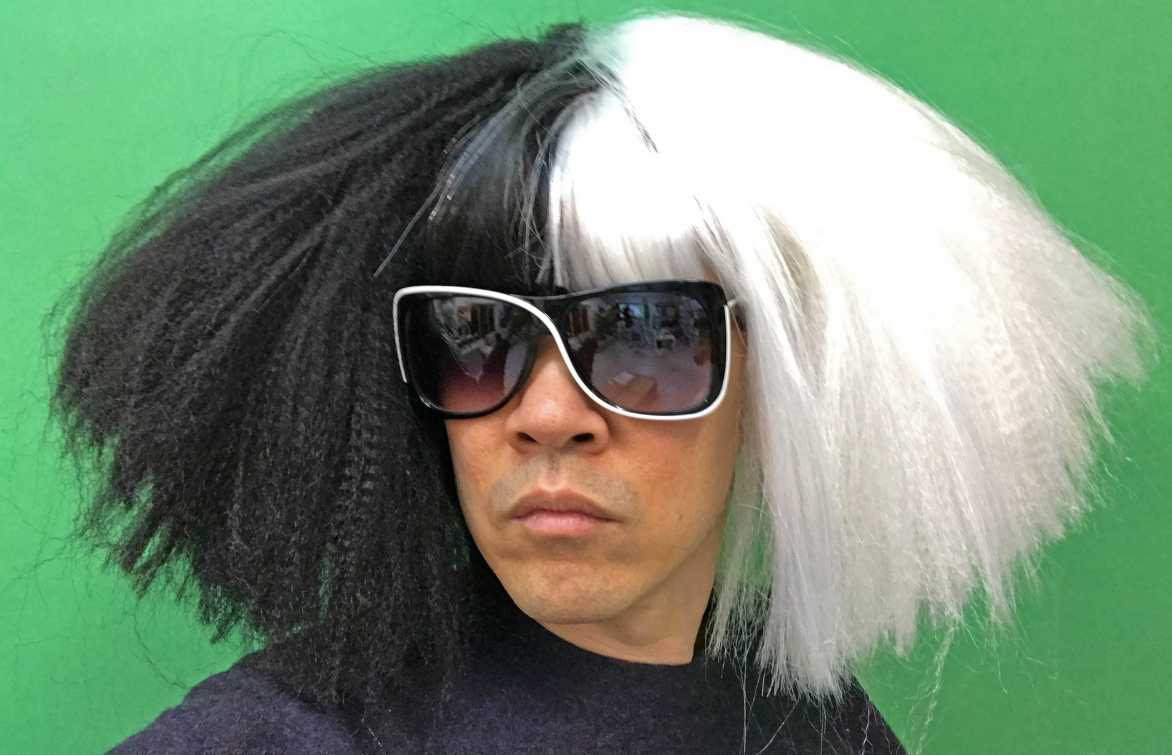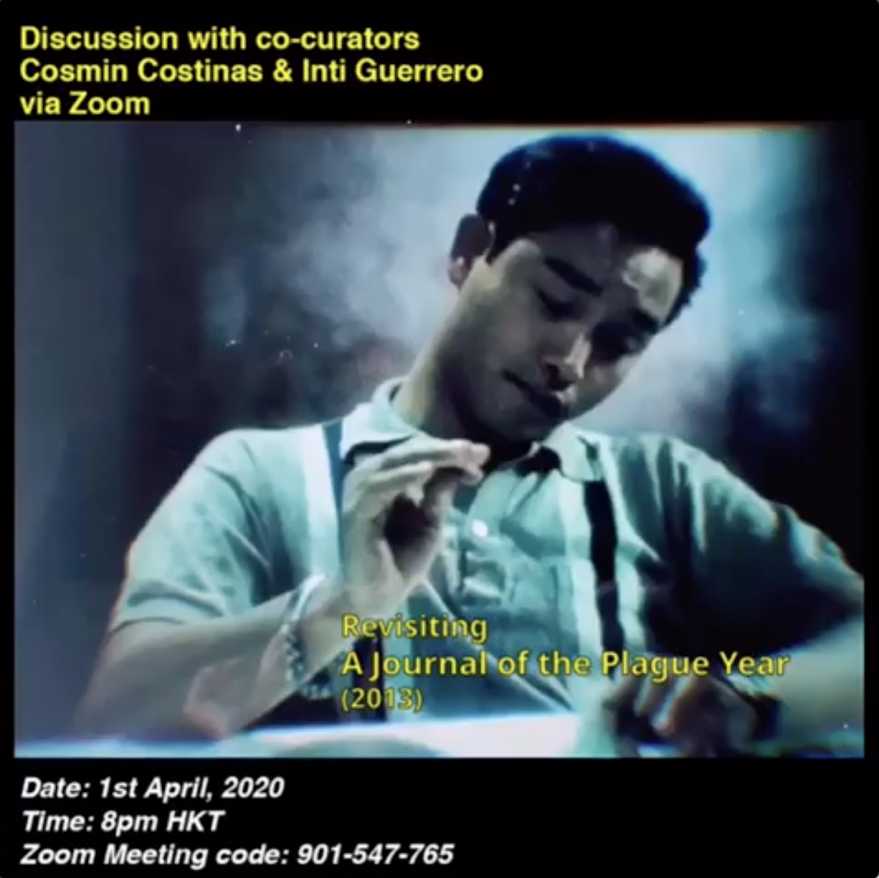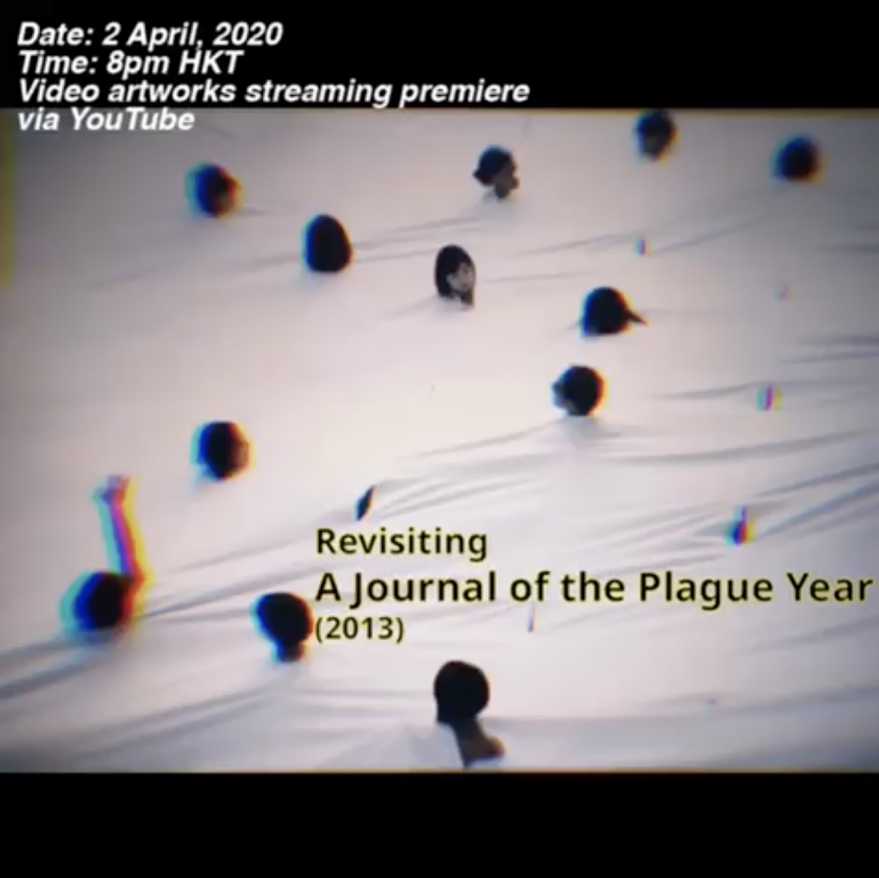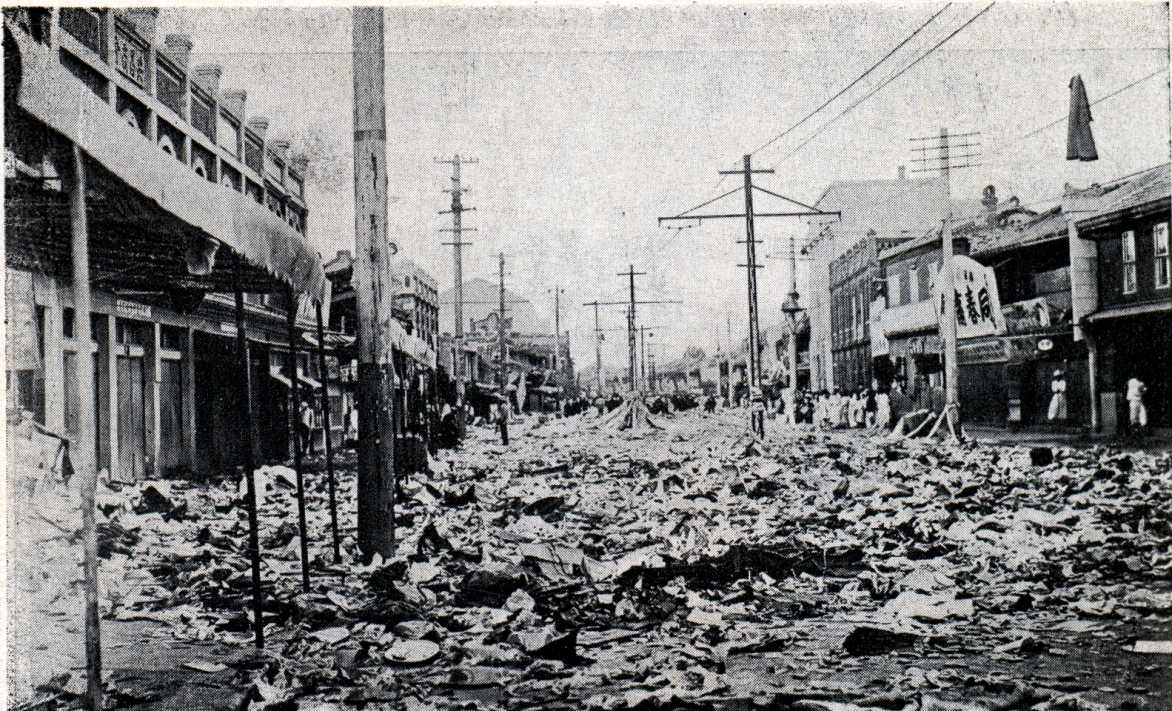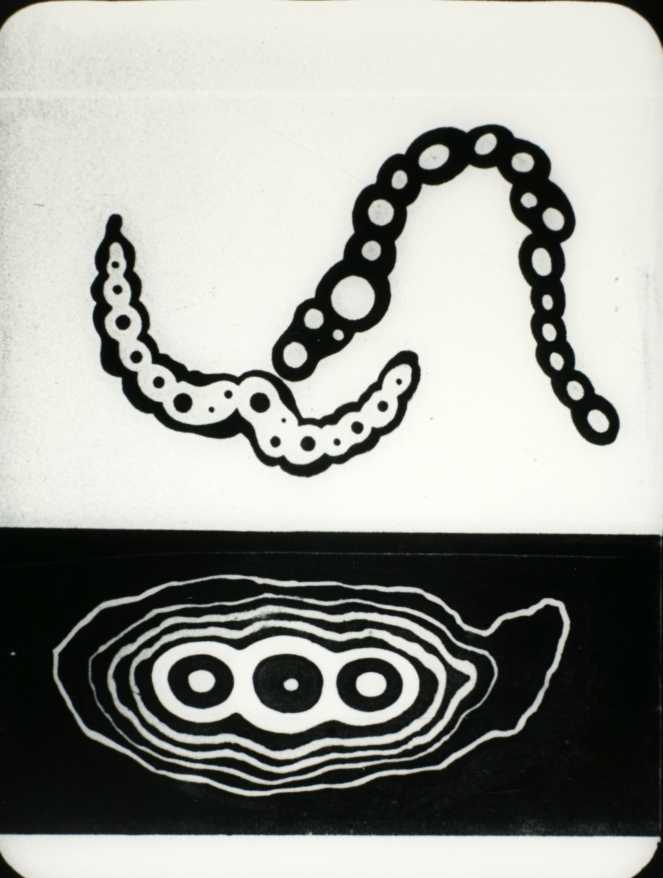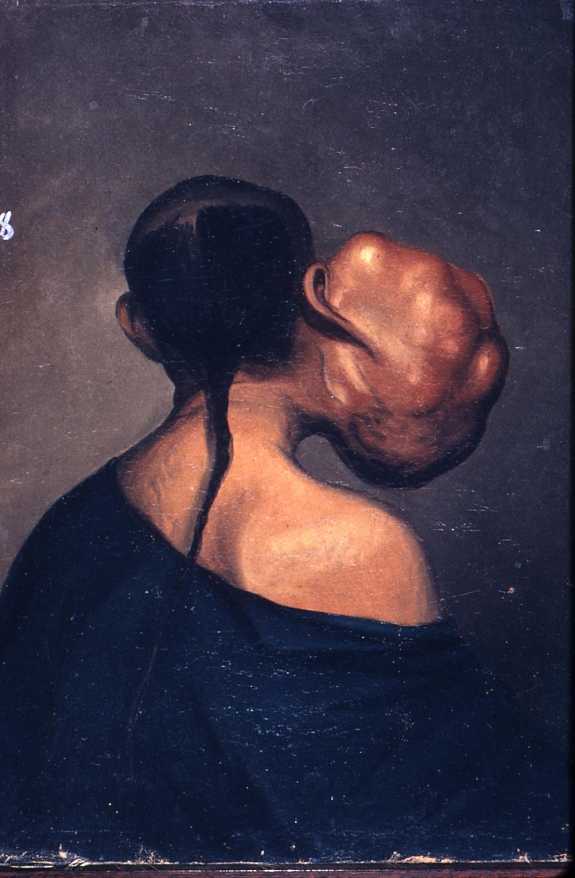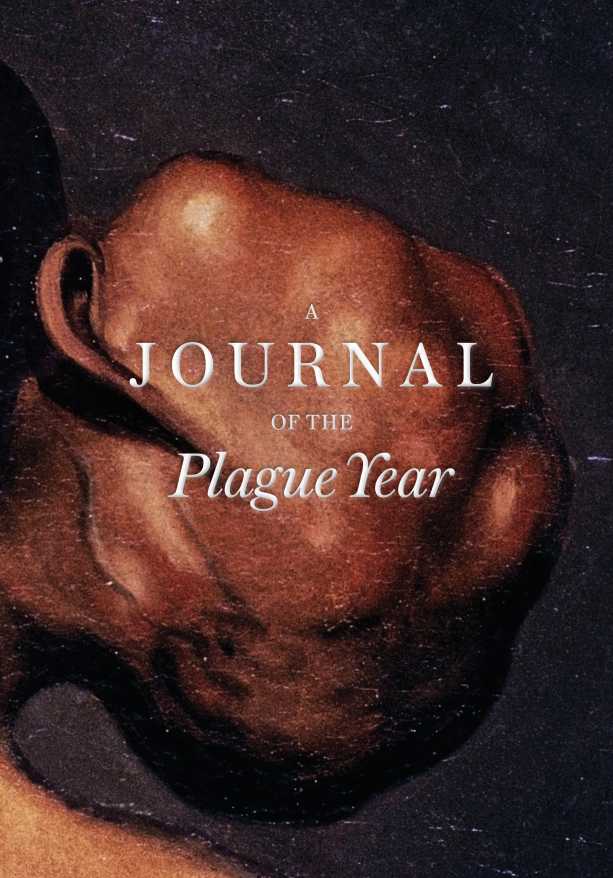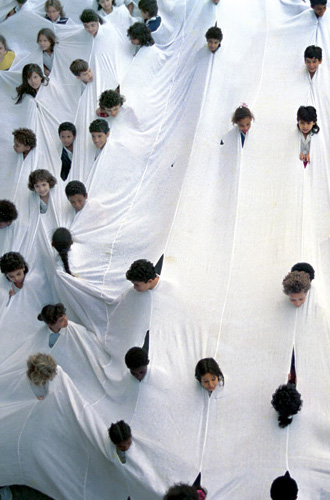
A Journal of the Plague Year was first shown at Para Site, Hong Kong during the summer of 2013. As a touring exhibition, its center of gravity shifts under the influence of magnetic forces in each location on its itinerary. Nevertheless, each iteration departs from and remains strongly connected to an exploration of the events that affected Hong Kong in the spring of 2003: the most significant airborne epidemic in recent years–the SARS crisis–coupled with the tragic death of pop figure and pan-Asian icon
Stemming from its colonial past, Hong Kong has internalized a history of epidemics and representation as an infected land waiting to be conquered from nature, disease, and oriental habits in order to be made healthy, modern, and profitable. Culminating in the discovery of the bacteria causing the plague during an 1894 epidemic in Hong Kong, these narratives contributed to a dubious association of the disease with Asia, and heightened the infamous “yellow peril” racist discourse in Europe and America at the time. San Francisco’s plague epidemic of 1900-1904 was centralized in its Chinatown, and was part of the same epidemic wave that affected Hong Kong. These facts, together with the virulent racism in California at the time, further intensified the association between disease and Asian populations.
Departing from these events, A Journal of the Plague Year navigates disparate but interconnected narratives in order to contribute to a critical discussion about recent history, the implications of which extend beyond Hong Kong and beyond the realm of medicine. Through the contributions of artists, shown alongside historical artifacts and pop-culture ephemera, the exhibition confronts fear of contamination (both physiological and cultural) and the projections and prejudices that emerge from societies that encounter alterity. The exhibition also gathers documentation of a selection of performances that have destabilized mechanisms of hatred and politics of differentiation, which are based on dehumanizing the body of ‘the other’. This experience is perpetually fabricated everywhere, immigrants were and are still frequently represented as pests, as a disease that sickens the homogenous social body. Each of these performance pieces, places the fragile but individualized human body on the frontline at various moments of historical transformation and rupture and in different corners of the globe: the identity struggles of Chicano communities in the US in the 1970’s; the highly insecure Hong Kong of the 1980s, foreshadowing its handover to Mainland China; China itself during its traumatic post-Tiananmen years; Singapore and the last chapters of the era; Kazakhstan at the dawn of nationhood after the fall of the Soviet Union; and finally, Myanmar amidst its current transformation, under the specter of a possible democracy and growing rejection of Muslims.
Anti-Chinese sentiments, which are still strongly present in the public sphere of Hong Kong (its anti-Mainland China variation being one facet of the more general anti-Chinese complex), as well as in other parts of Asia, are addressed through a historical framework that includes the Western world’s anti-Chinese immigration prejudices during the early 20th century. California and San Francisco were deeply affected by these prejudices, through the history of Chinese immigration in relation to the Gold Rush, the 19th century railway construction in the Western United States, and the subsequent Chinese Exclusion Act. These events make this exhibition highly relevant in a context that has not entirely moved beyond the stereotypes of its past centuries, even as it finds itself ever more deeply entangled in an emerging Asia-Pacific geopolitics of power. The exhibition thus visits and revisits the traces of such prejudices in California today and their contemporary cultural significance, while considering a wider picture of immigration in the US and its current processes of othering.
Curators:
Research Collaborators:
